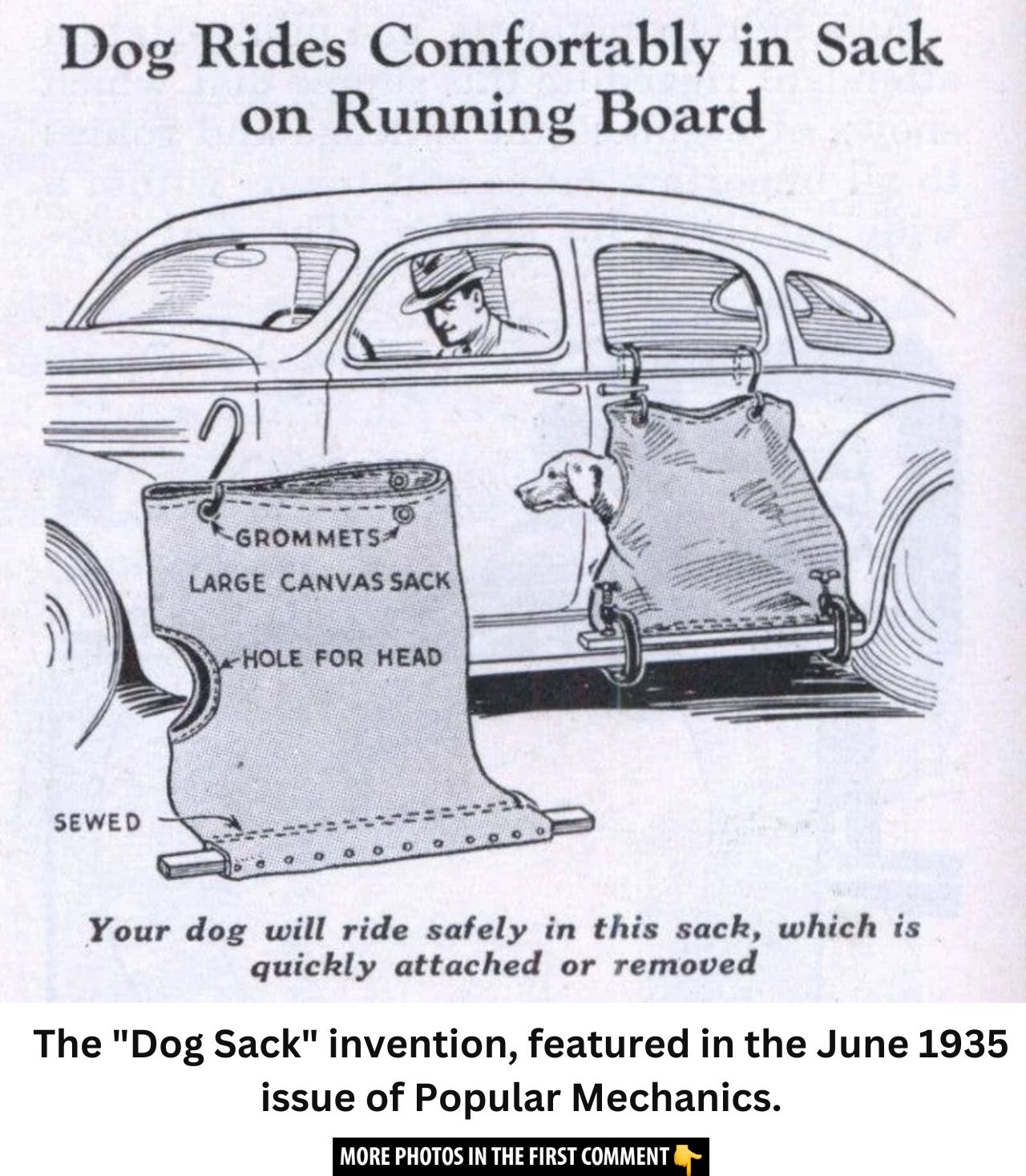The 20th century was a time of immense innovation, but not all inventions found their place in everyday life. Some, although ingenious, were too ahead of their time or simply impractical. From the 1920s to the 1970s, many bizarre and unique creations made their mark in the history of technology. Some of these inventions had the potential to change the world, while others became nothing more than a footnote in the grand timeline of human progress. This article explores some of these odd yet fascinating creations that have captured the public’s curiosity over the decades.
The Wooden Bathing Suit of 1929
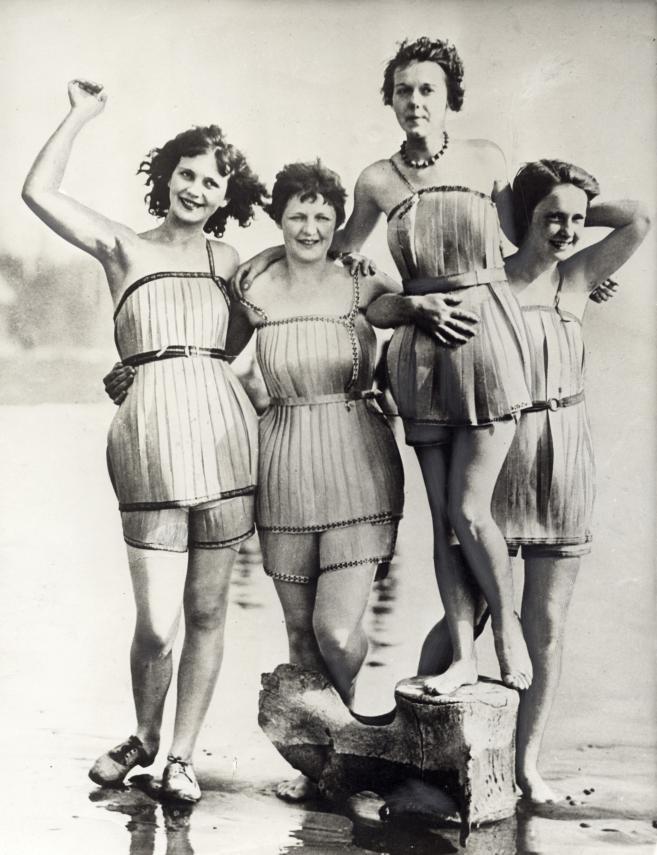
Invented in Haquian, Washington, this wooden bathing suit was designed to make swimming easier by providing buoyancy. The concept seemed practical at the time but proved to be incredibly uncomfortable and impractical for most people. The strange design features wooden slats instead of fabric, making it more of a curiosity than a viable piece of swimwear.
Watch the video of 1929 bathing suits made of wood – outtakes from this unusual fashion!
Baby Stroller with Built-In Radio (1921)
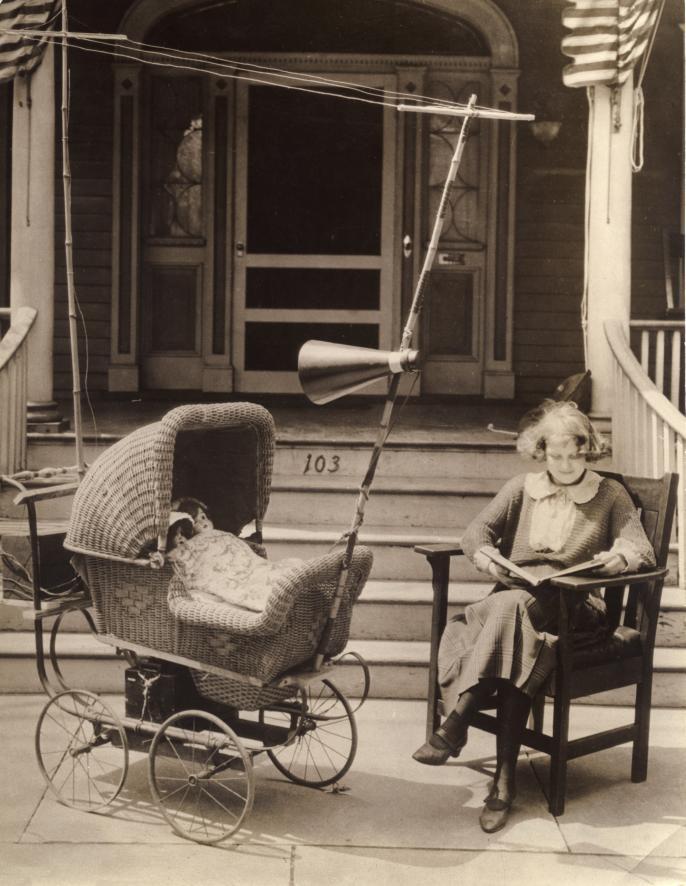
Imagine pushing your baby around in a stroller equipped with a built-in radio, complete with an antenna and loudspeaker. The 1921 invention sought to keep babies entertained during walks, adding a touch of luxury to parenting. However, the practicality of keeping a baby entertained via radio while out in public quickly wore off, and the idea didn’t become a lasting trend.
The Clap Skate: Speed Skating Innovation of 1936
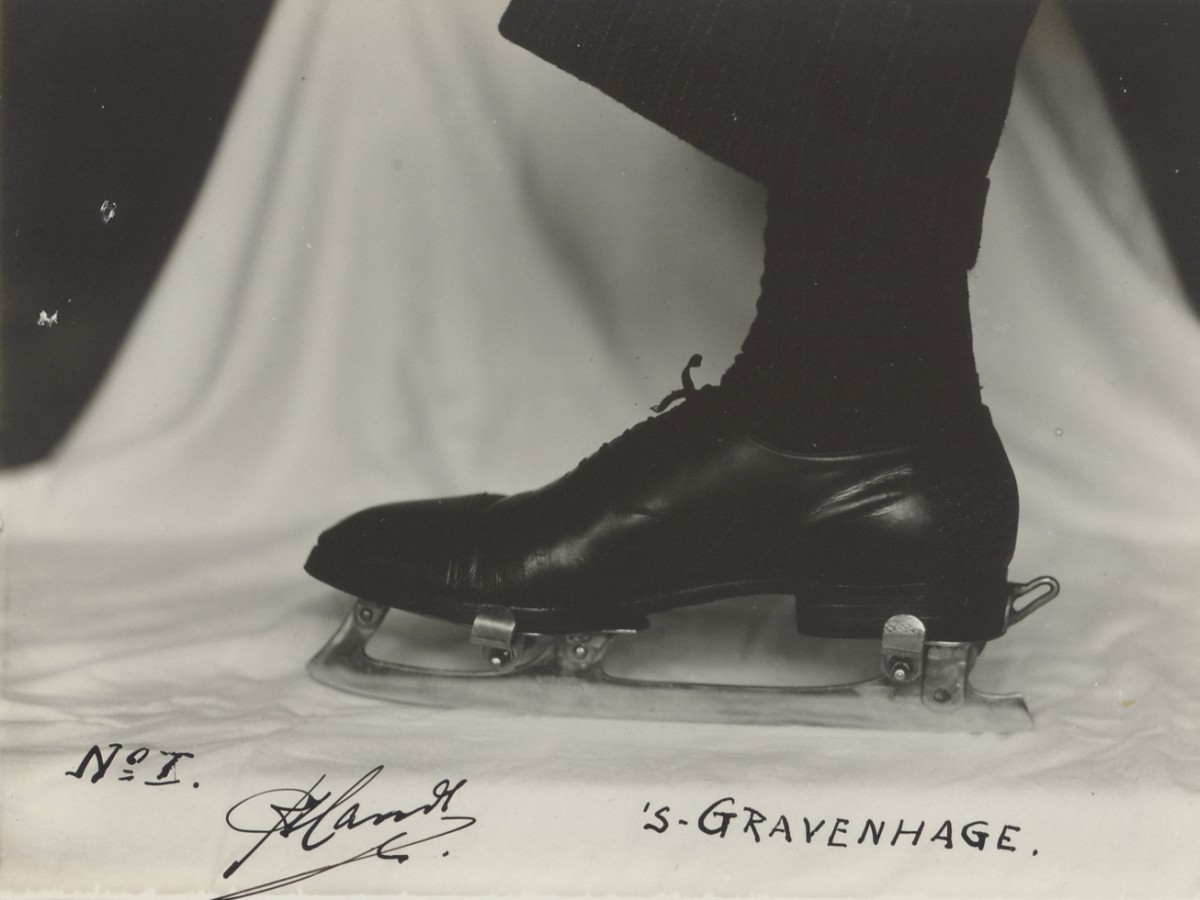
Invented by R. Handl in 1936, the Clap Skate featured a movable heel plate that allowed speed skaters to glide more efficiently. However, it wasn’t until 1996 that this design revolutionized the sport of speed skating. The Clap Skate marked a pivotal moment in athletic equipment innovation, showing how sometimes ideas take decades to become mainstream.
The Bed-Ridden Piano (1935)
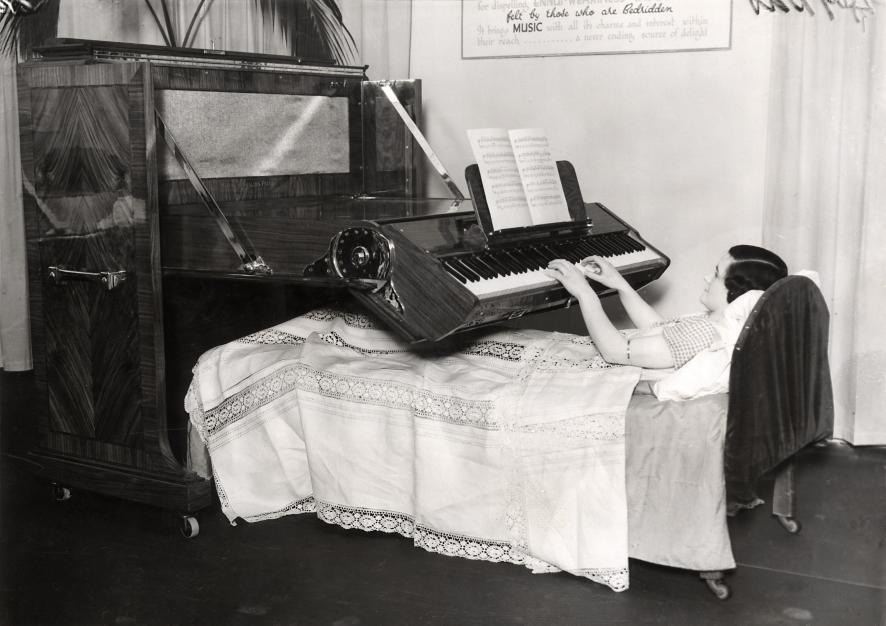
This peculiar creation from 1935 was designed to allow people confined to their beds to play the piano. It was a mechanical marvel aimed at providing a way for the bed-bound to engage in a hobby or musical activity. While it had potential in terms of offering comfort and entertainment, it failed to make a lasting impact in mainstream design.
The Hamblin Glasses (1936)
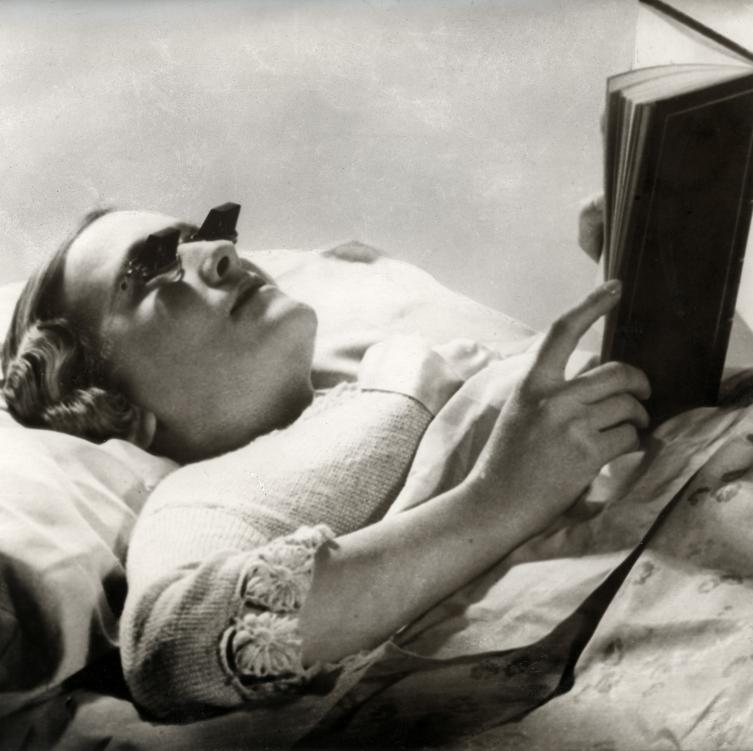
A quirky invention, these special spectacles were created to allow people to read comfortably while lying in bed. The Hamblin Glasses were a favorite among those who loved to read at night but hated the discomfort of holding a book up. The glasses allowed for better vision while reclining, though they never became a household staple.
The Electrically Heated Vest (1932)
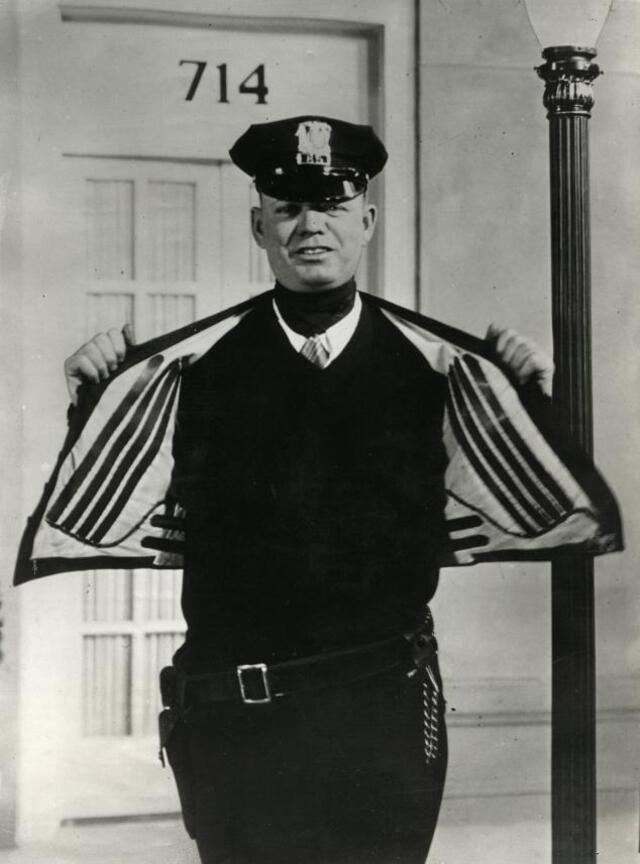
Developed for U.S. traffic police, this electrically heated vest was powered by electric contacts embedded in the streets. It was an innovative way to keep police officers warm in cold climates, but it never gained widespread use due to the technical limitations of the time. The idea was ahead of its time in wearable tech.
The Amphibious Bicycle (1932)

A truly bizarre concept, the amphibious bicycle could be used both on land and in water, carrying up to 120 pounds. Invented in Paris, 1932, this invention combined a bicycle and a boat. It never reached commercial success due to its impractical design and limited functionality, but it remains a fascinating piece of history for those interested in transportation.
The Snowstorm Mask (1939)
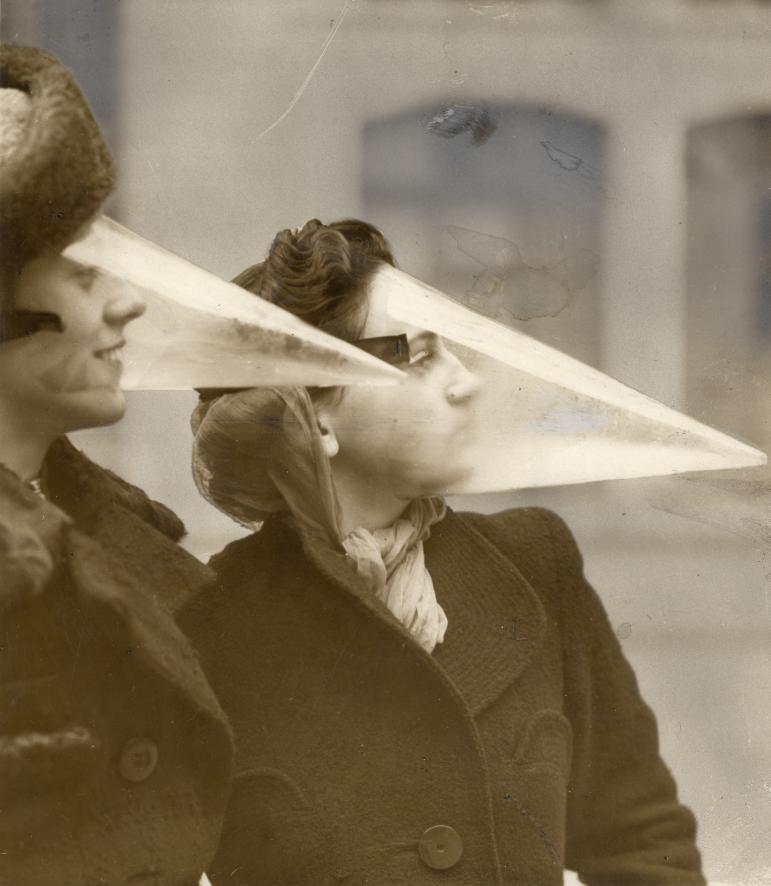
The snowstorm mask was designed for protection against harsh winter conditions, specifically for workers in snow-prone regions like Montreal, Canada. Made of plastic, the mask provided a way to shield the face from the cold, wind, and snow. Although it never became widely used, the design was a unique approach to extreme weather protection.
The Revolver Camera (1938)
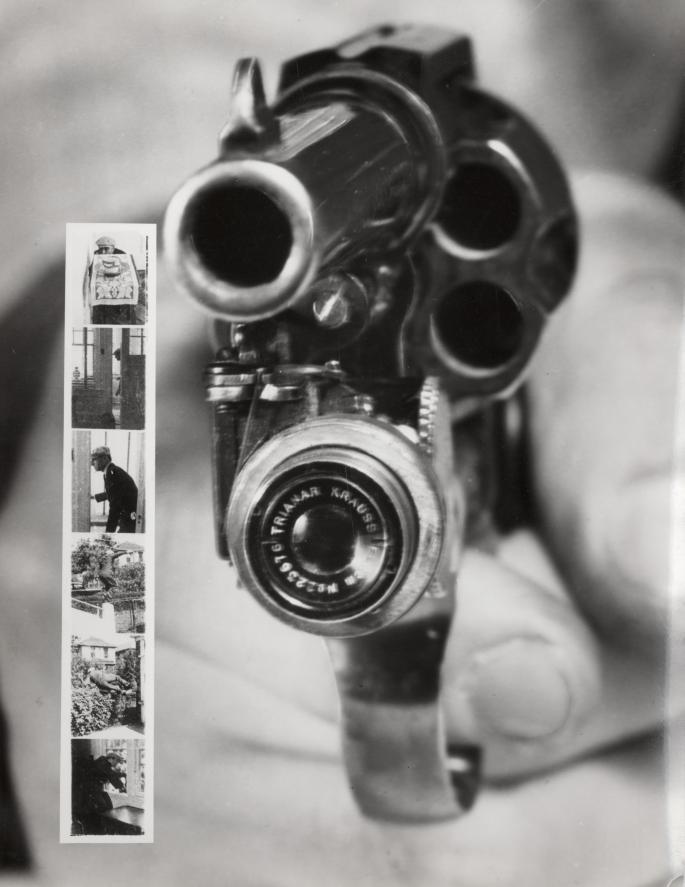
This odd invention combined a Colt .38 revolver with a small camera. Each time the trigger was pulled, the revolver captured a photograph, making it a fascinating cross between a firearm and a camera. Although it was never produced on a large scale, it remains an intriguing piece of photographic history.
Glow-in-the-Dark Tires (1961)

Goodyear introduced these glowing tires in 1961, designed to enhance visibility at night. The tires featured bulbs mounted in the wheel rim, which illuminated the tire and made nighttime driving safer. Unfortunately, the tires were impractical and did not see widespread use, but they remain a quirky footnote in automotive history.
The Vibrating Bra (1971)
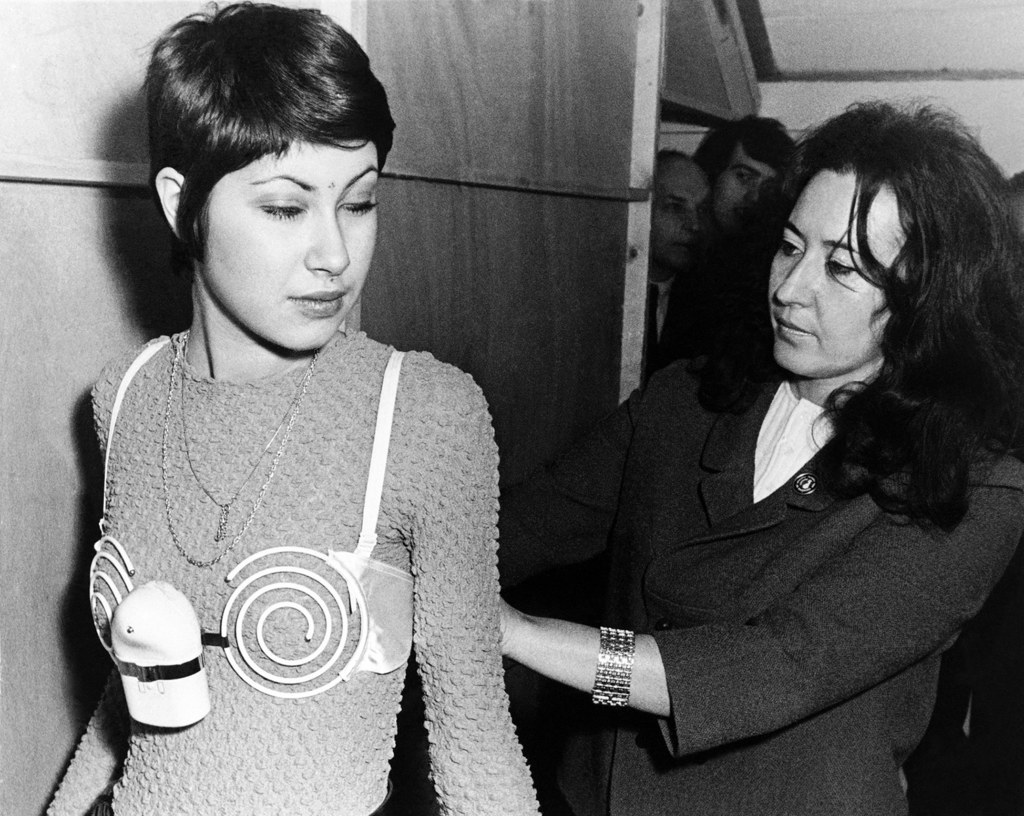
In 1971, a vibrating bra was introduced with the promise of strengthening and developing the bust through built-in vibrations. While the concept was bold and somewhat ahead of its time, it faced widespread skepticism and was quickly forgotten, though it remains an amusing example of 1970s innovation in fashion.
Gallery: Fascinating Images of Vintage Inventions
To wrap up our journey through these bizarre and interesting vintage inventions, we present a gallery of images that capture the weird and wonderful designs of the past. These photos not only showcase the oddities of early 20th-century innovation but also offer a glimpse into the fascinating world of invention during a time of rapid change and experimentation. From mechanical shoes to wooden bathing suits, these images give us a visual representation of some of the most curious and eccentric ideas ever to be realized—at least for a time.
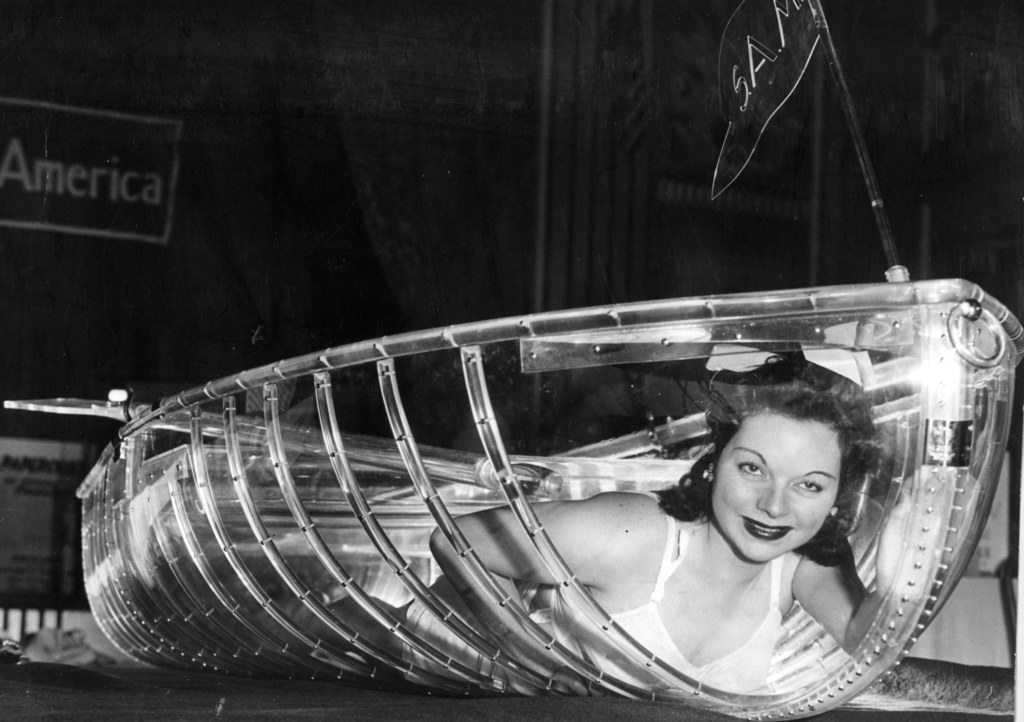
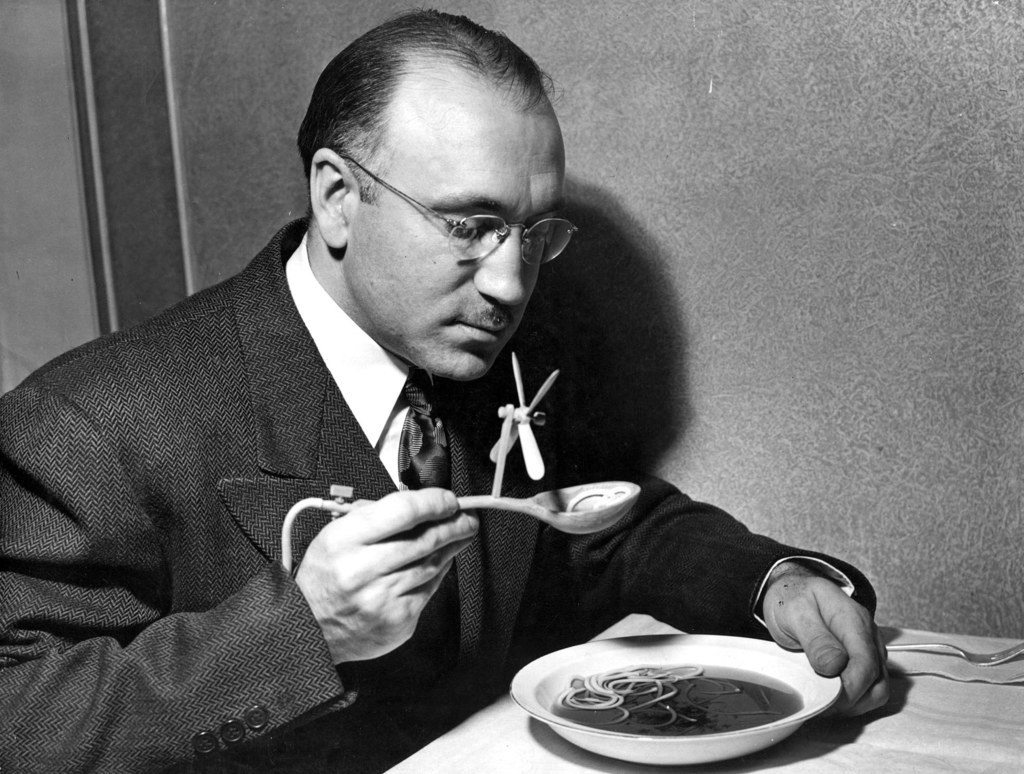
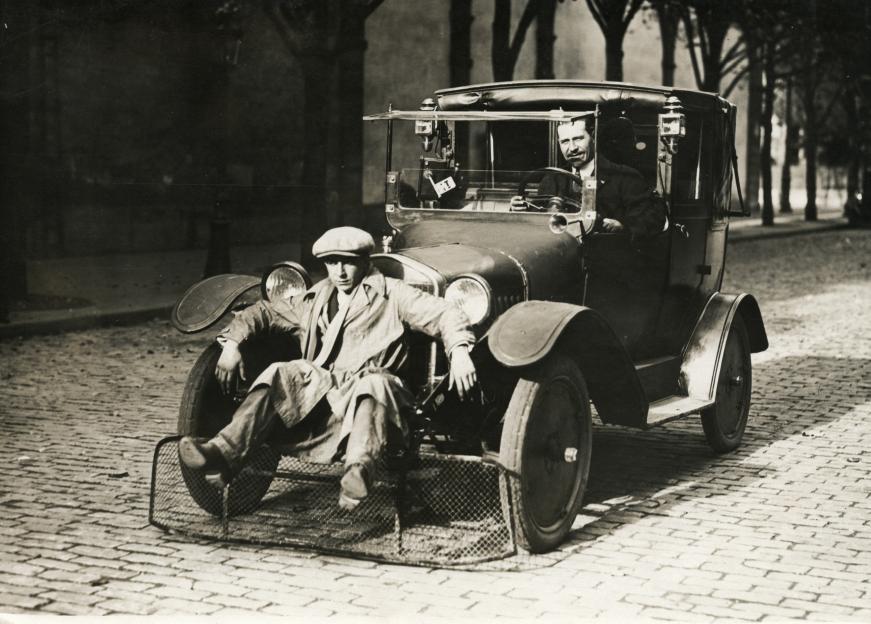
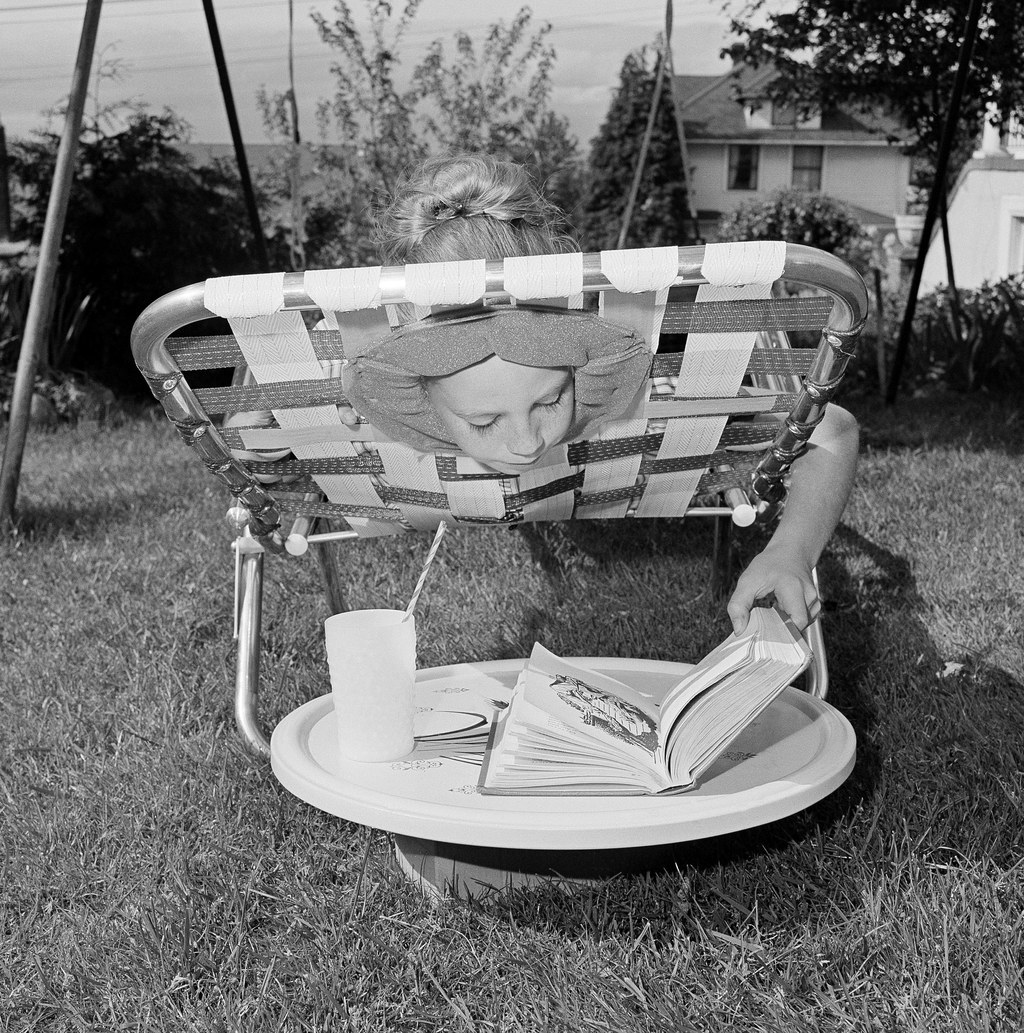
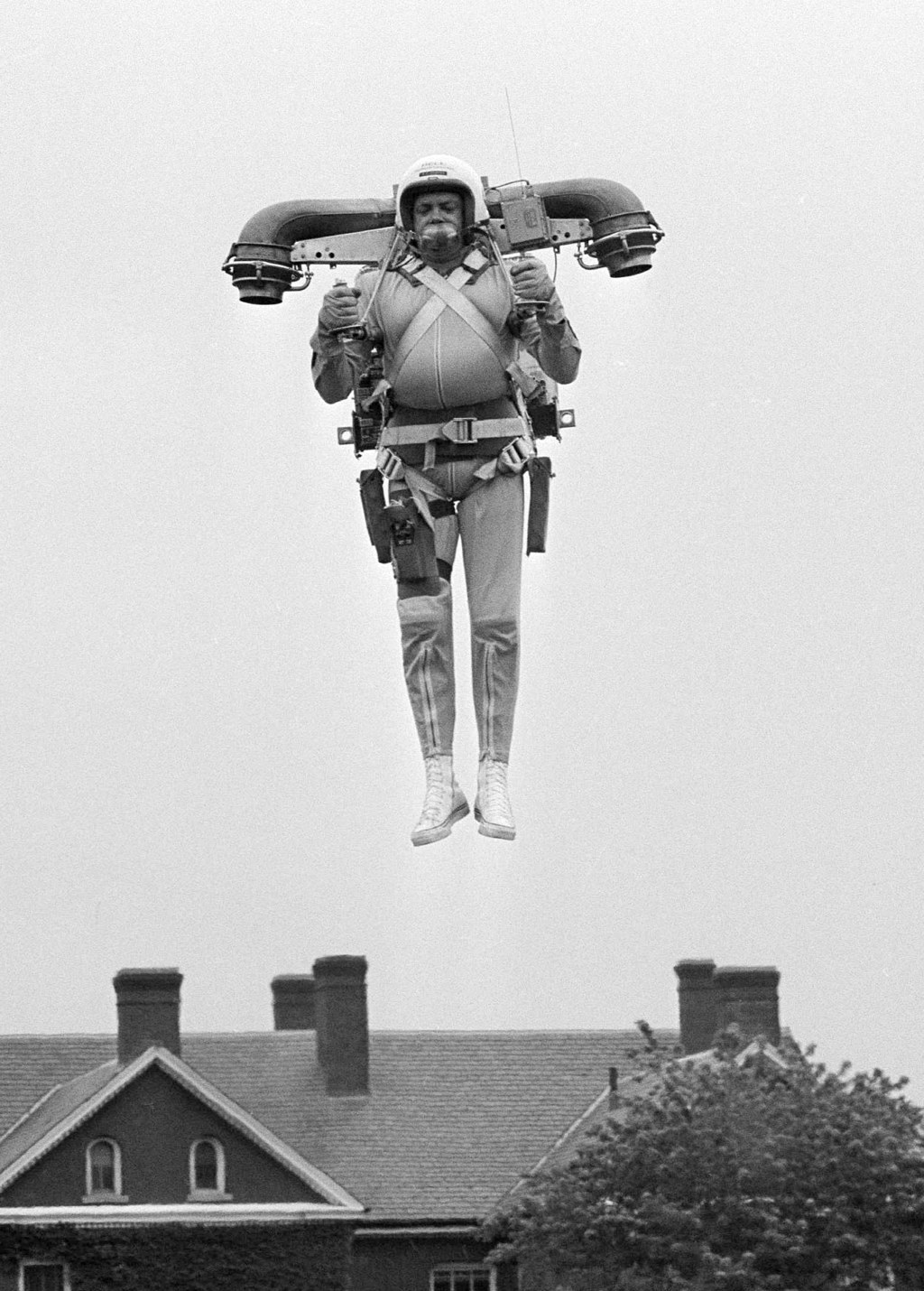
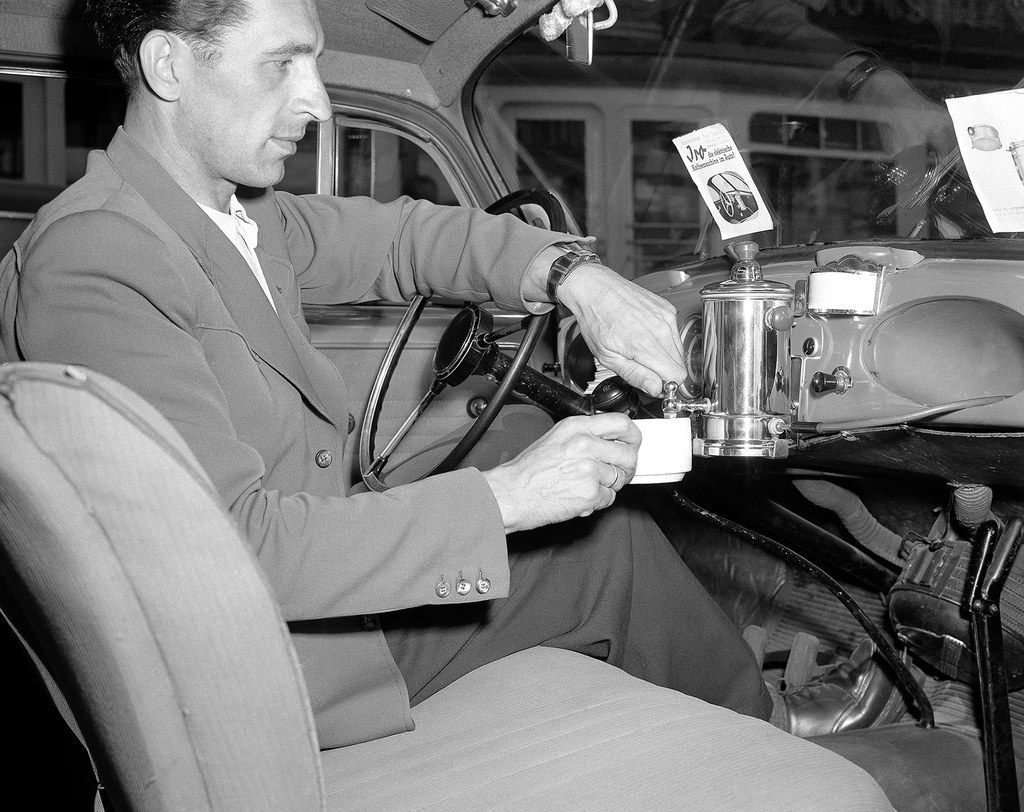

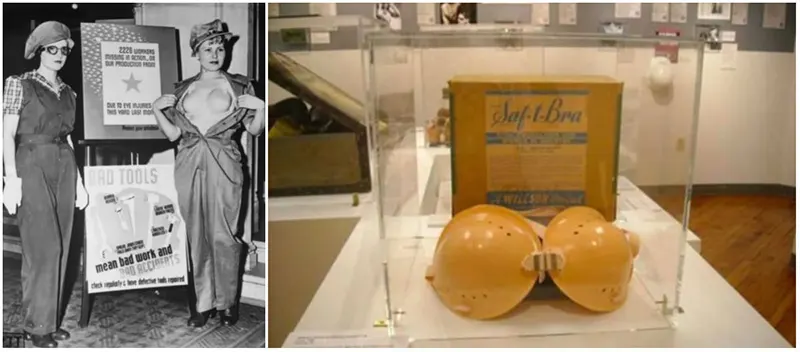
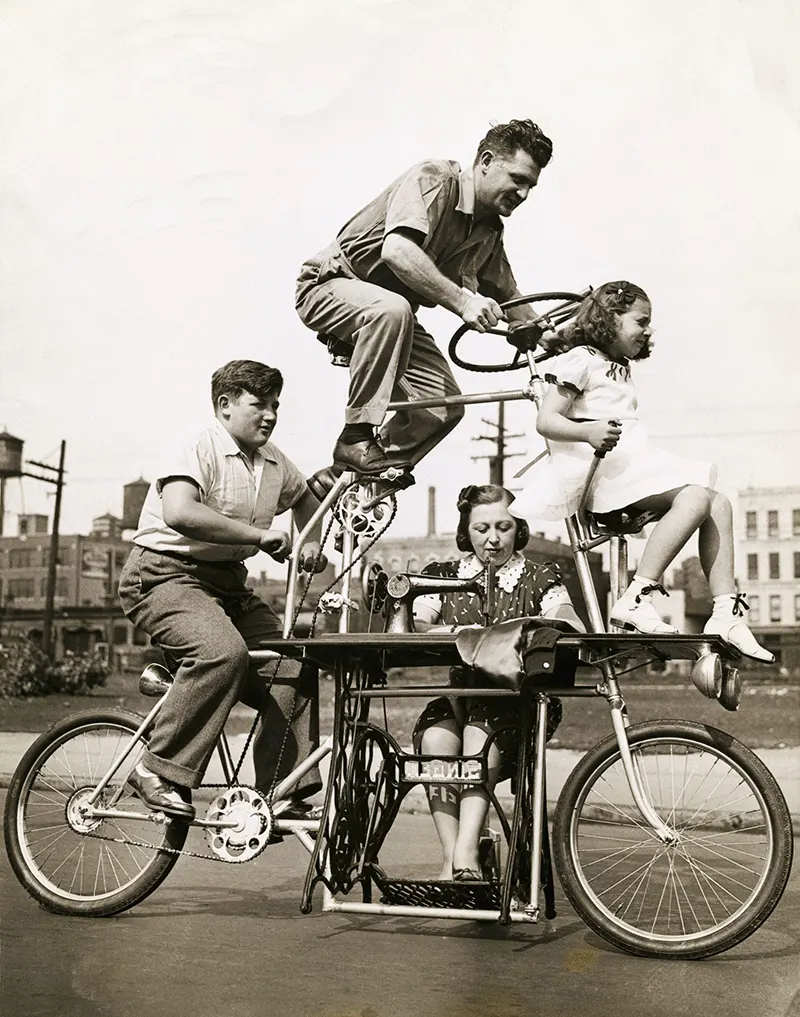
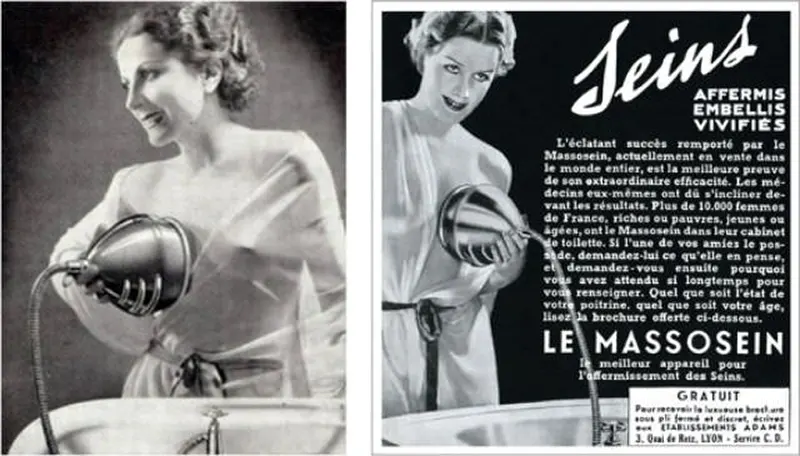
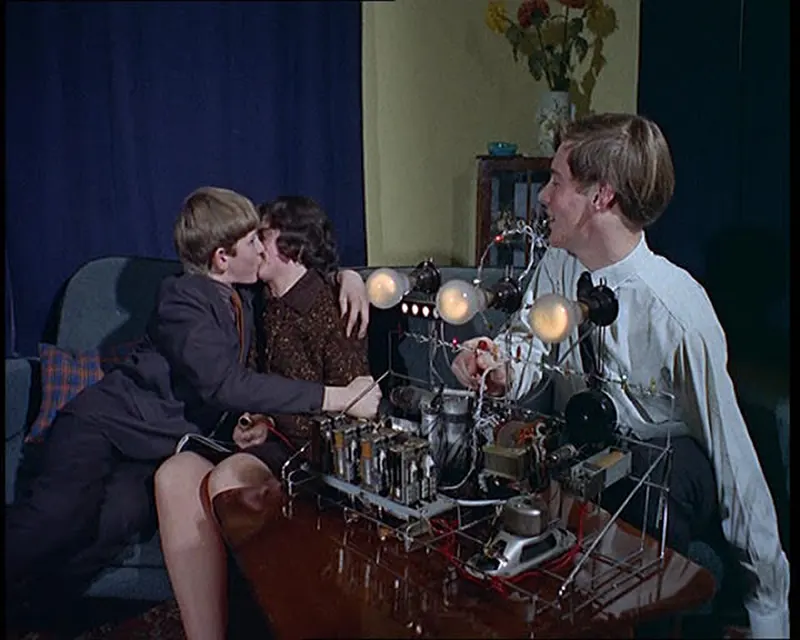
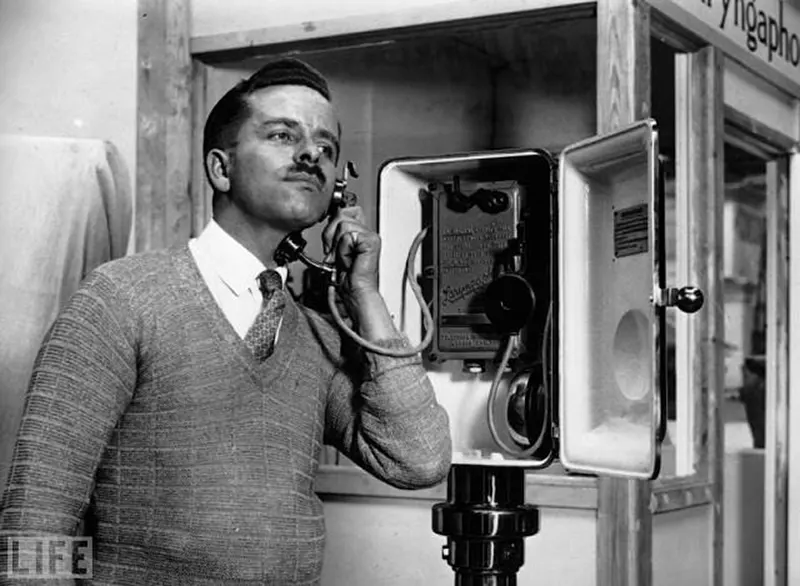
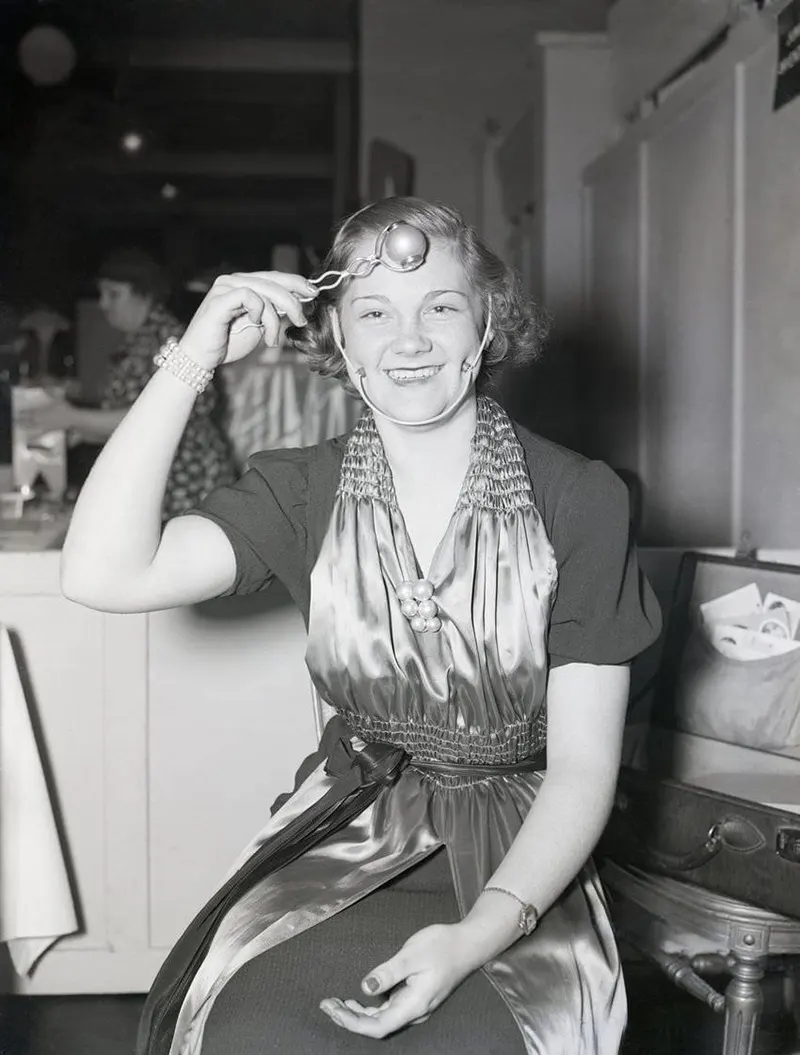

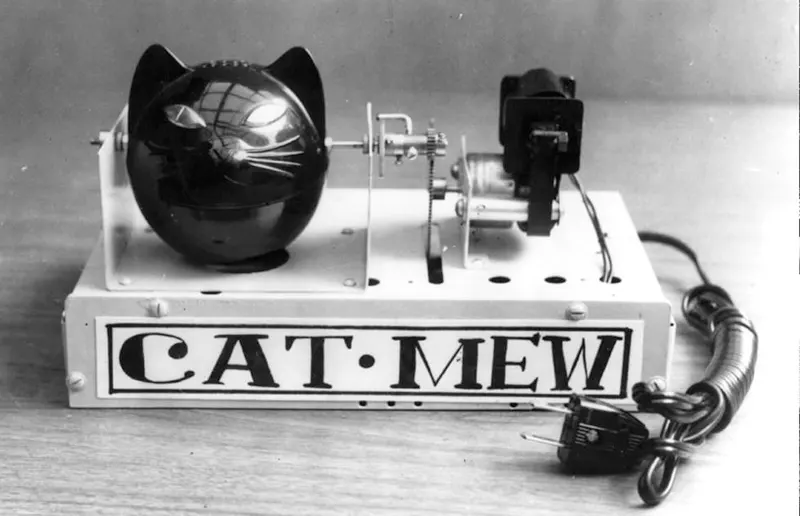
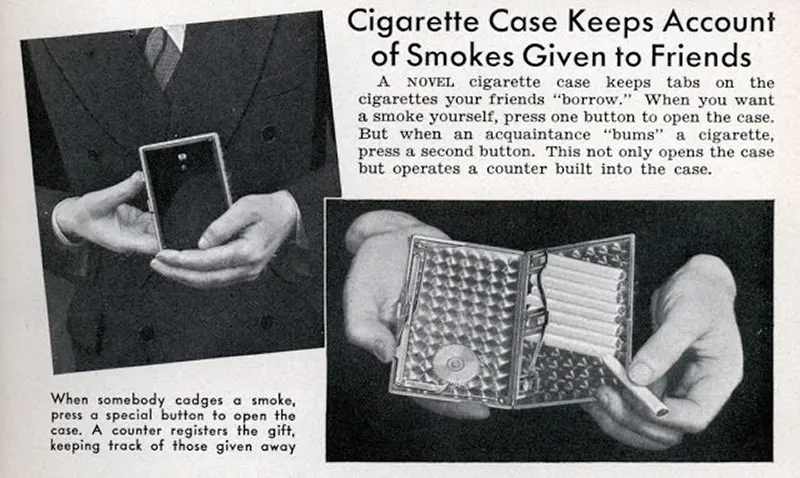
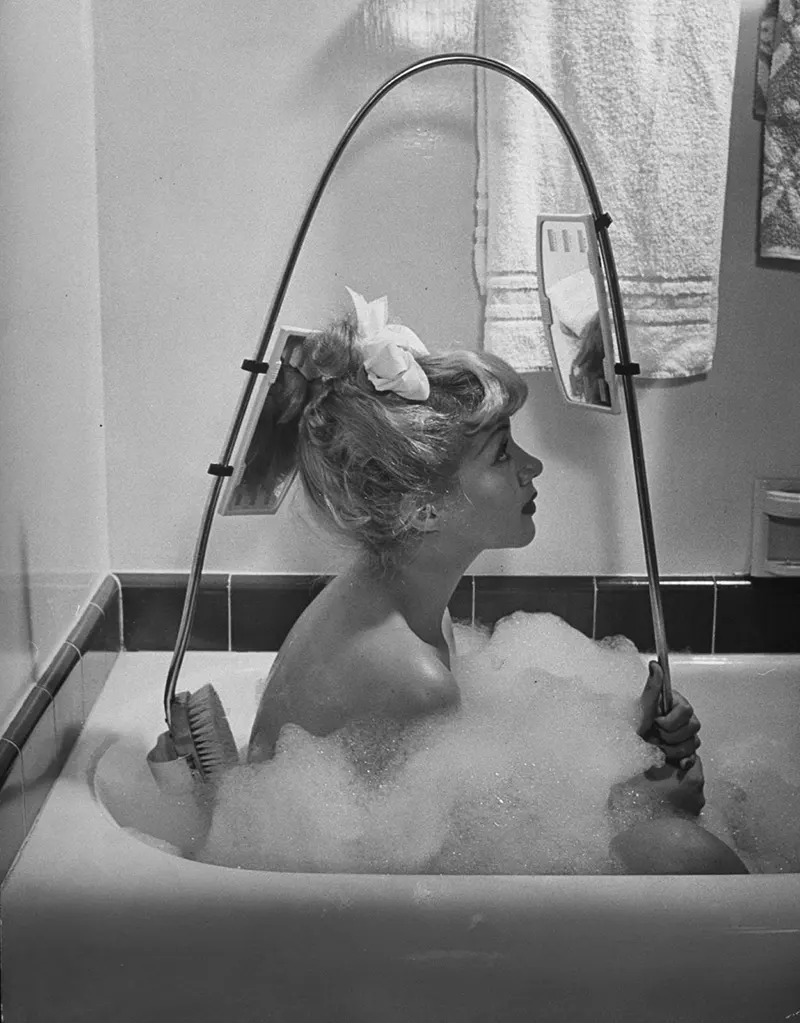
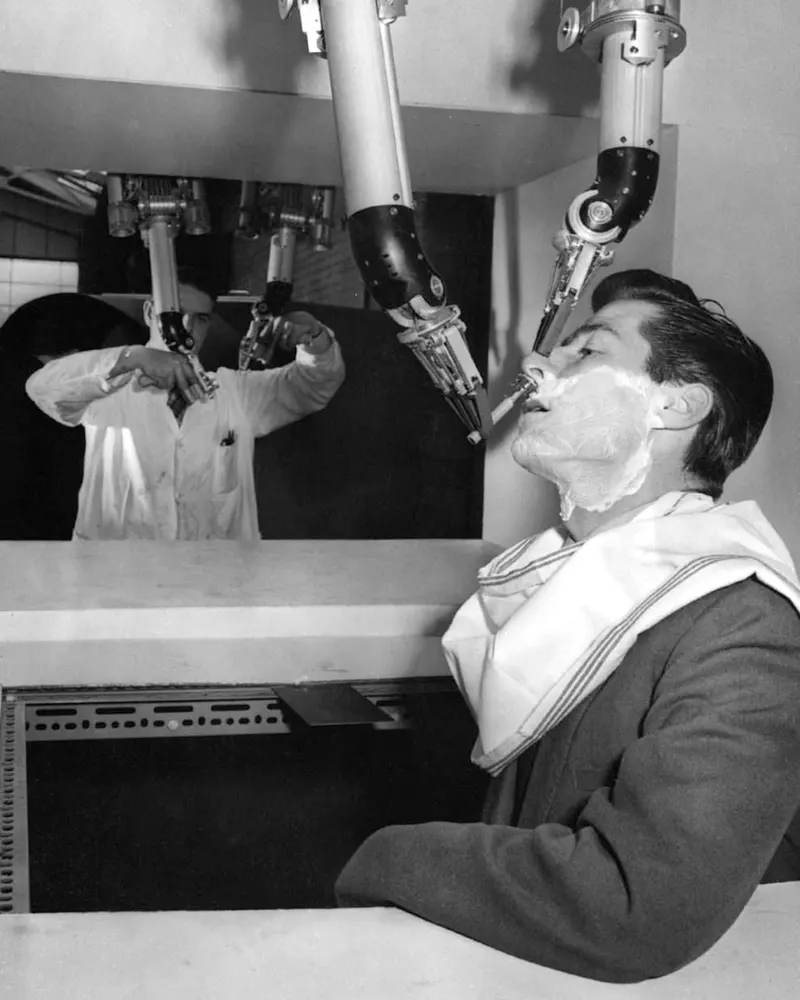
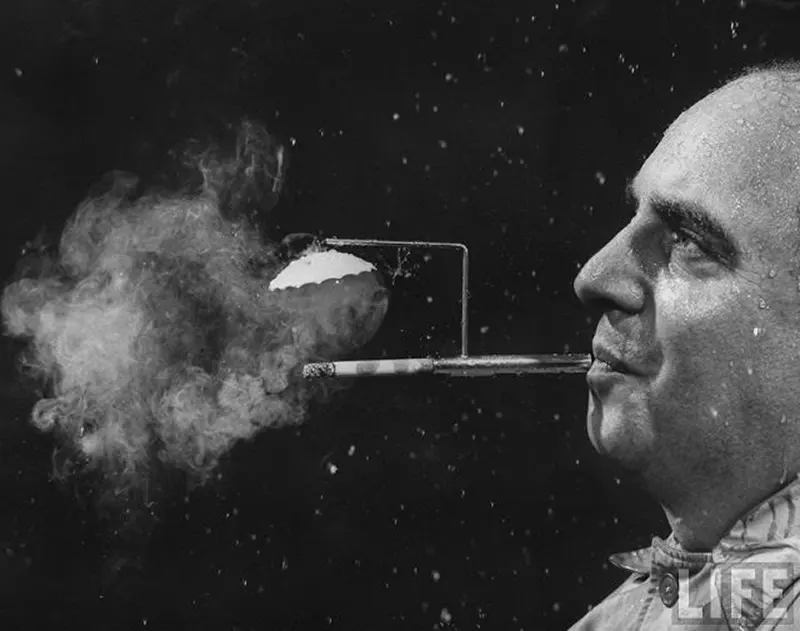
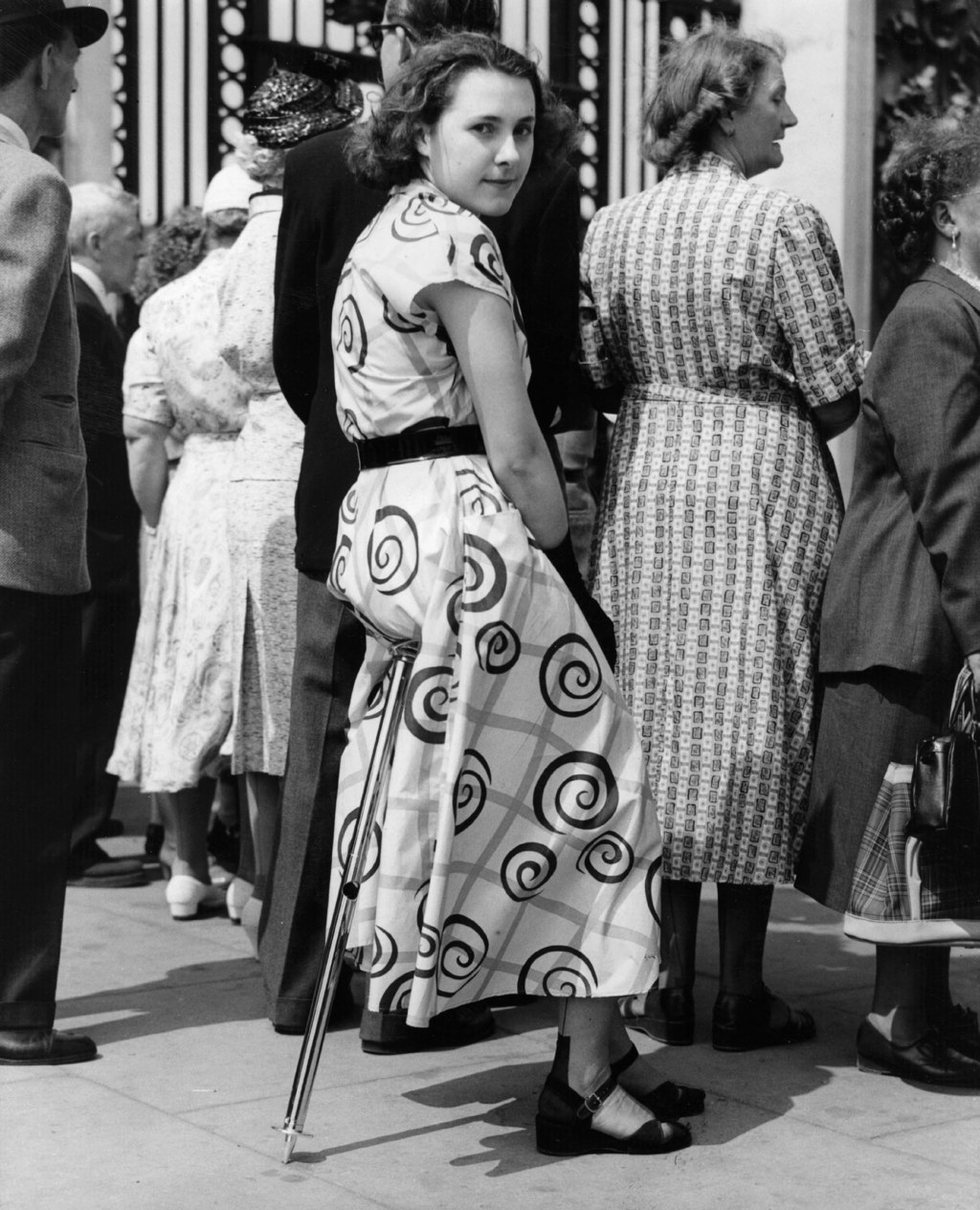
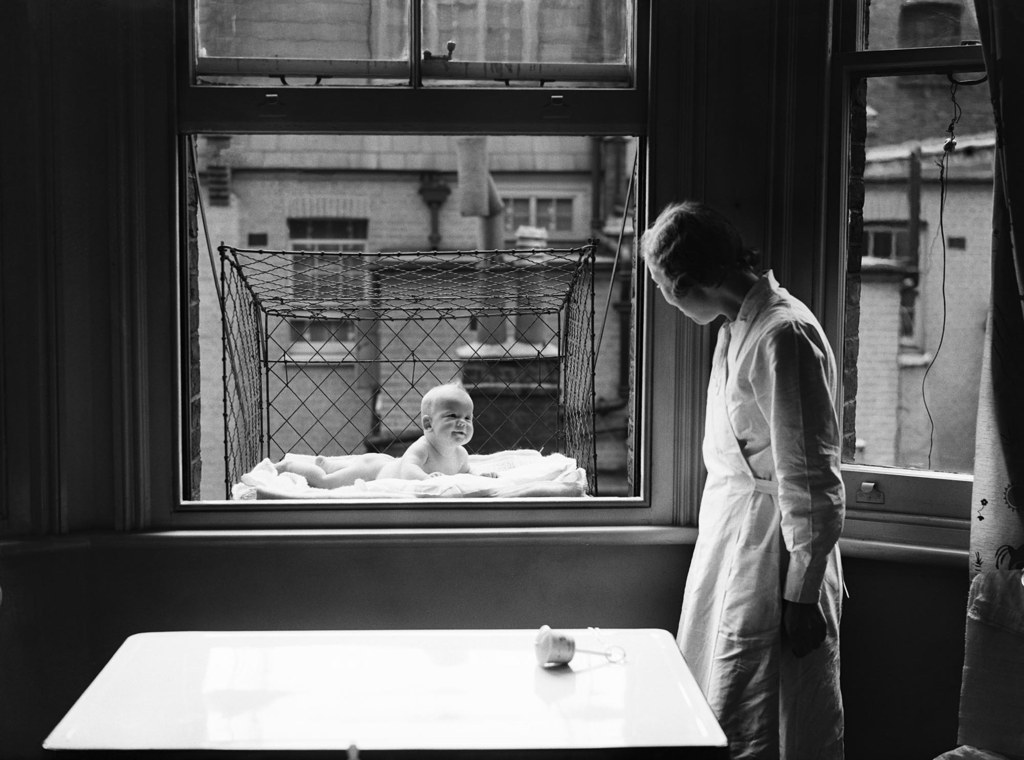
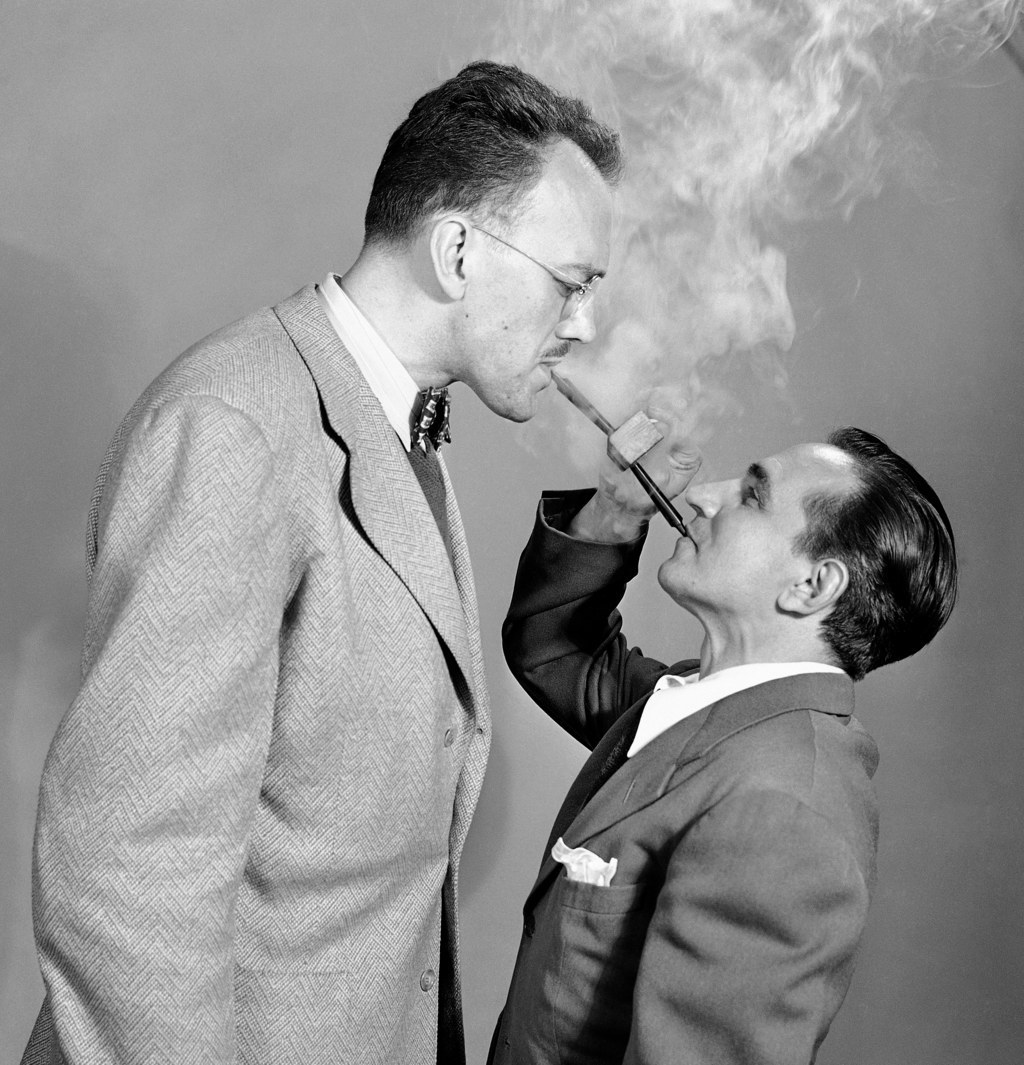
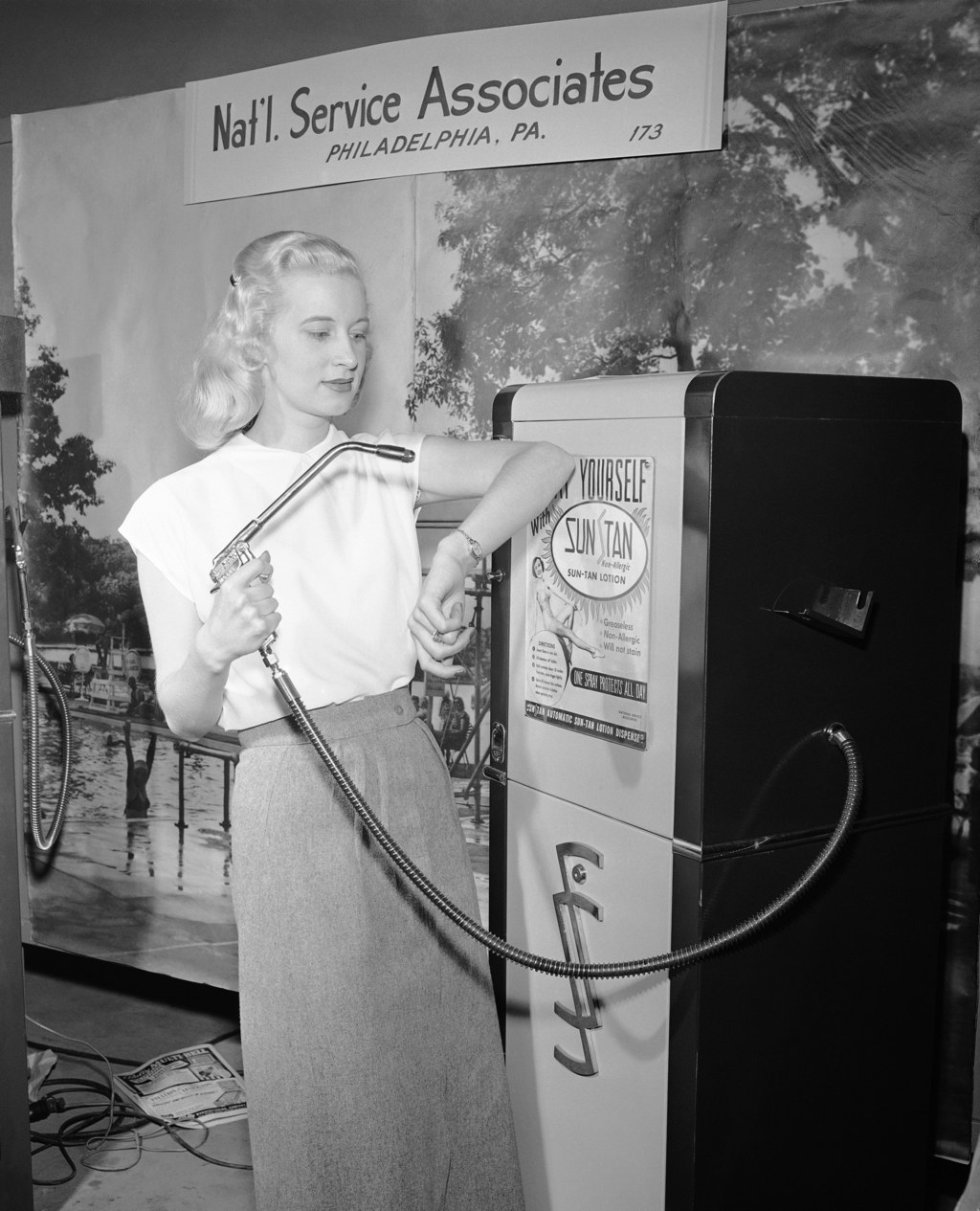
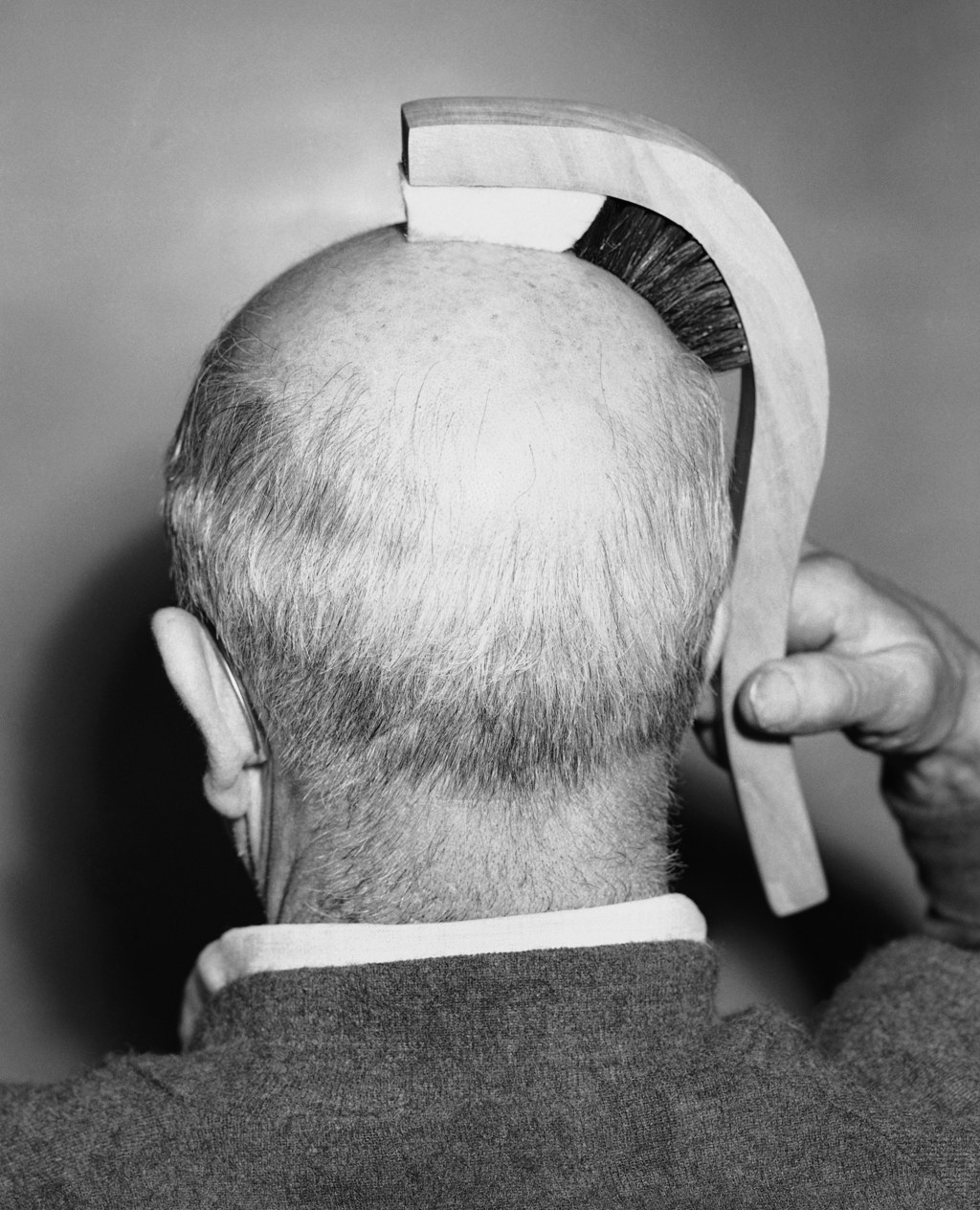
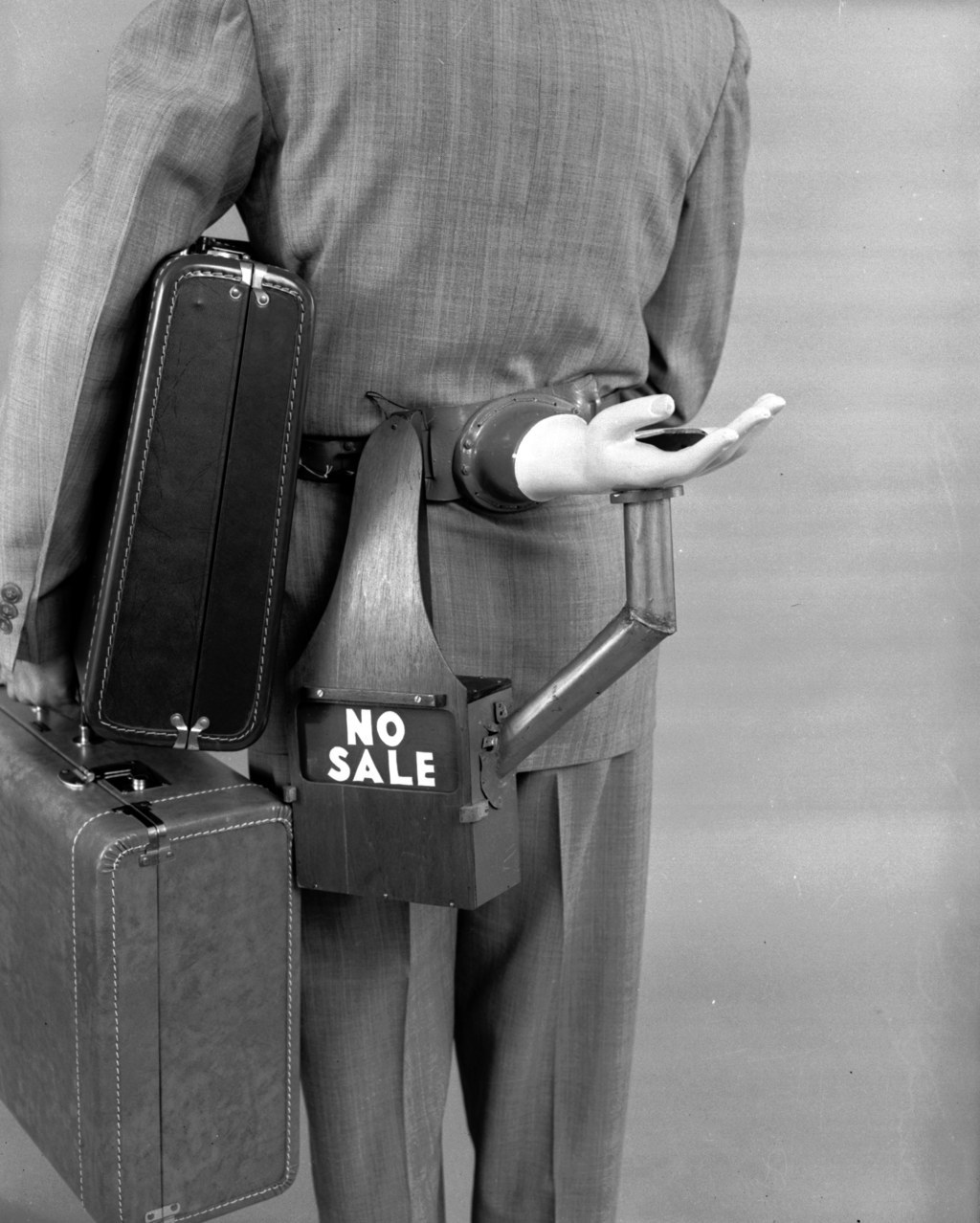
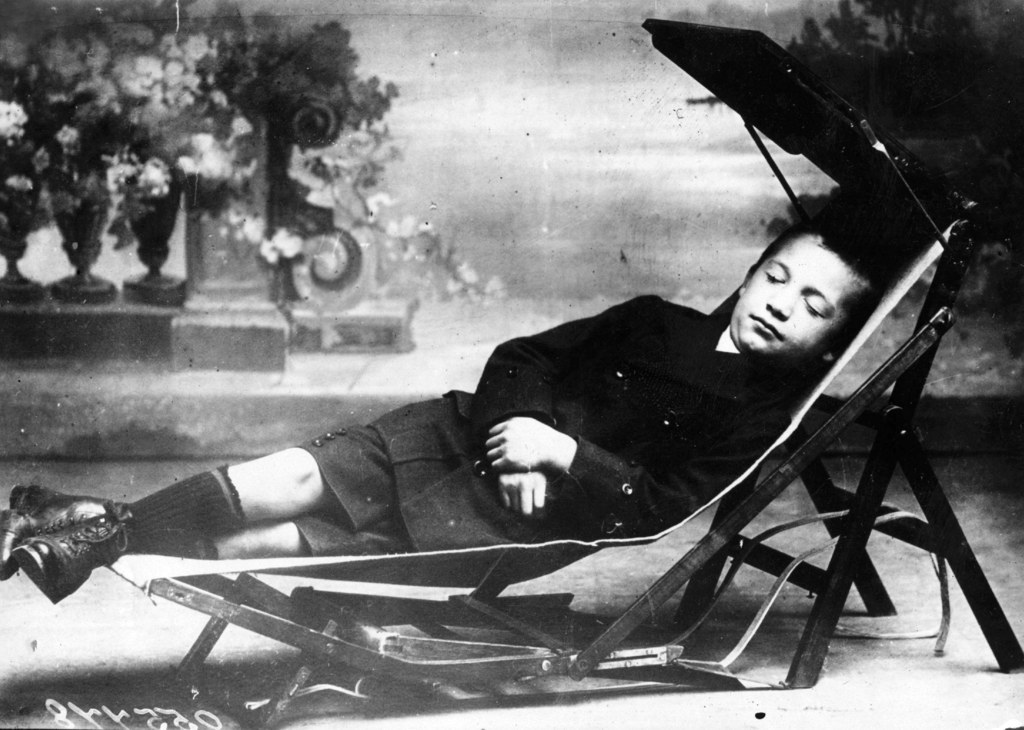

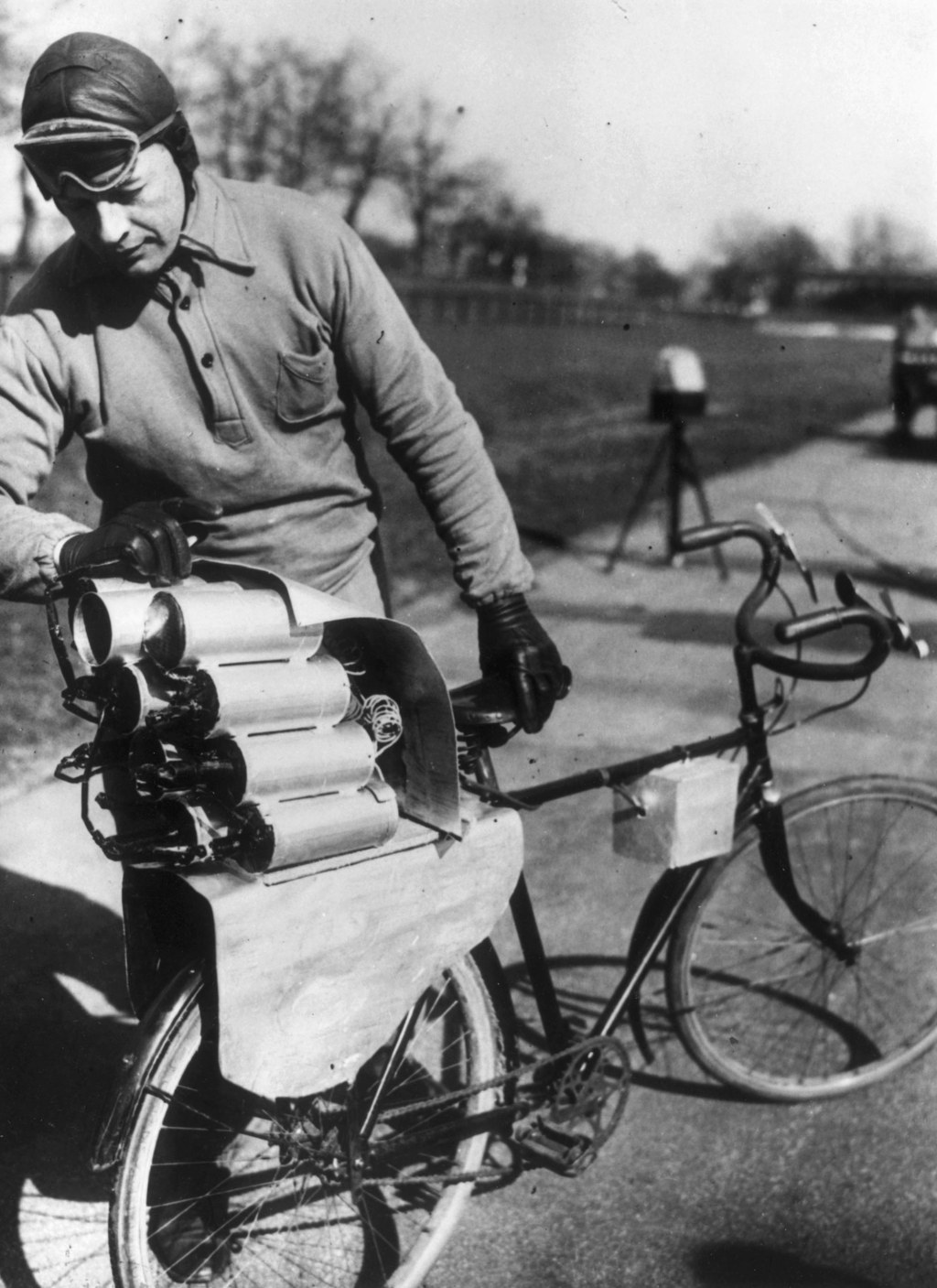
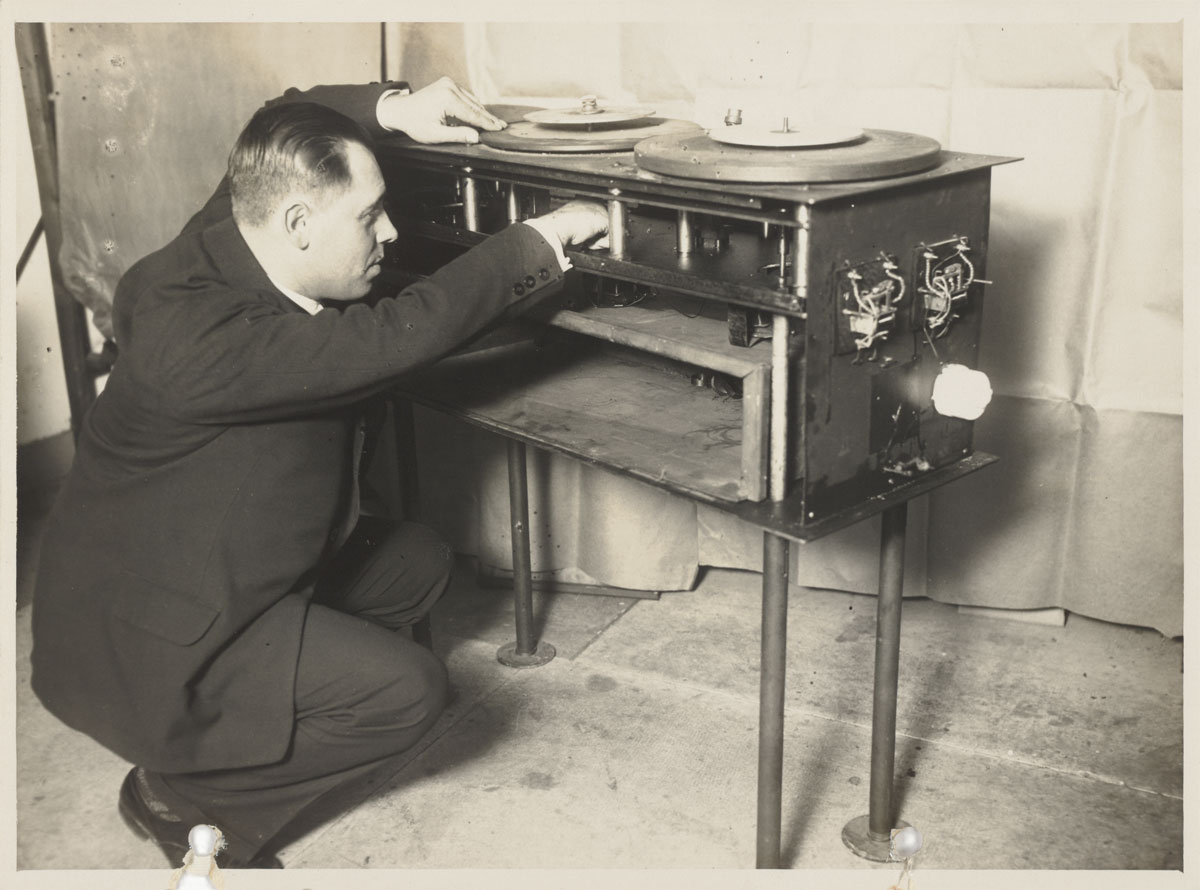
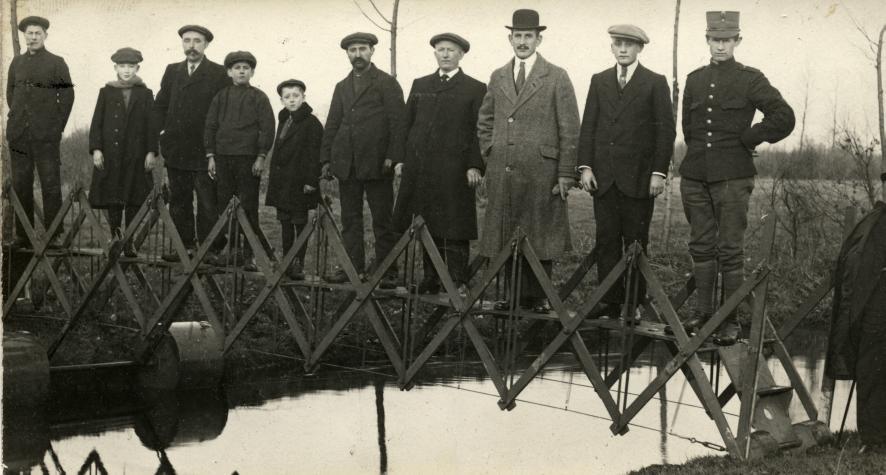
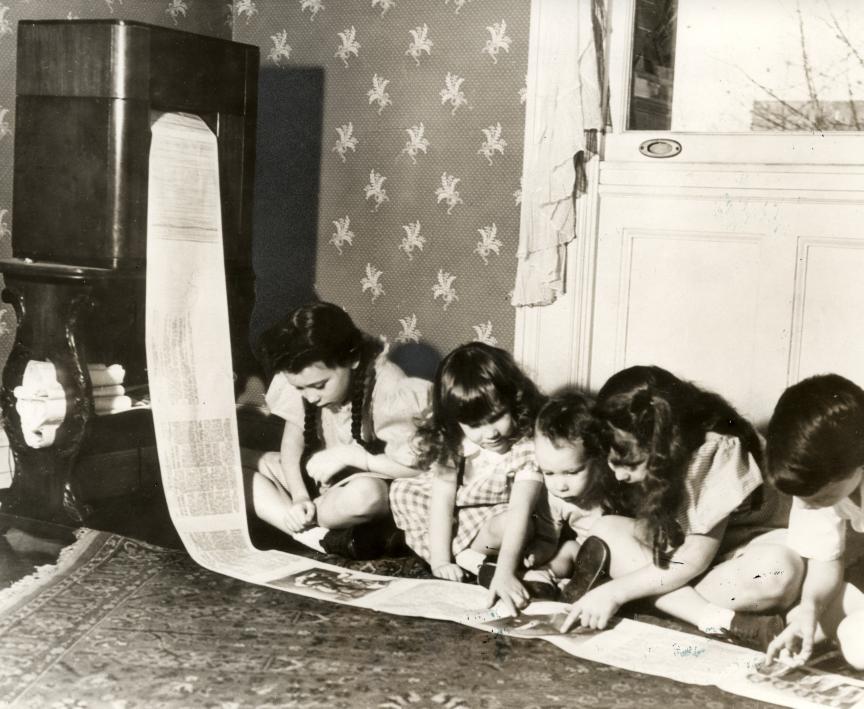
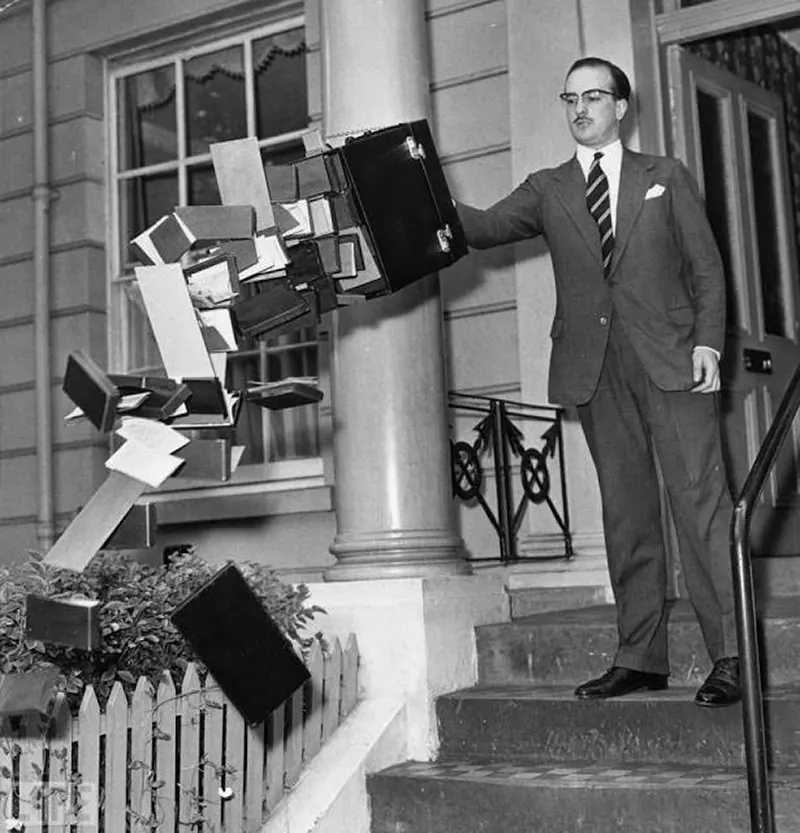
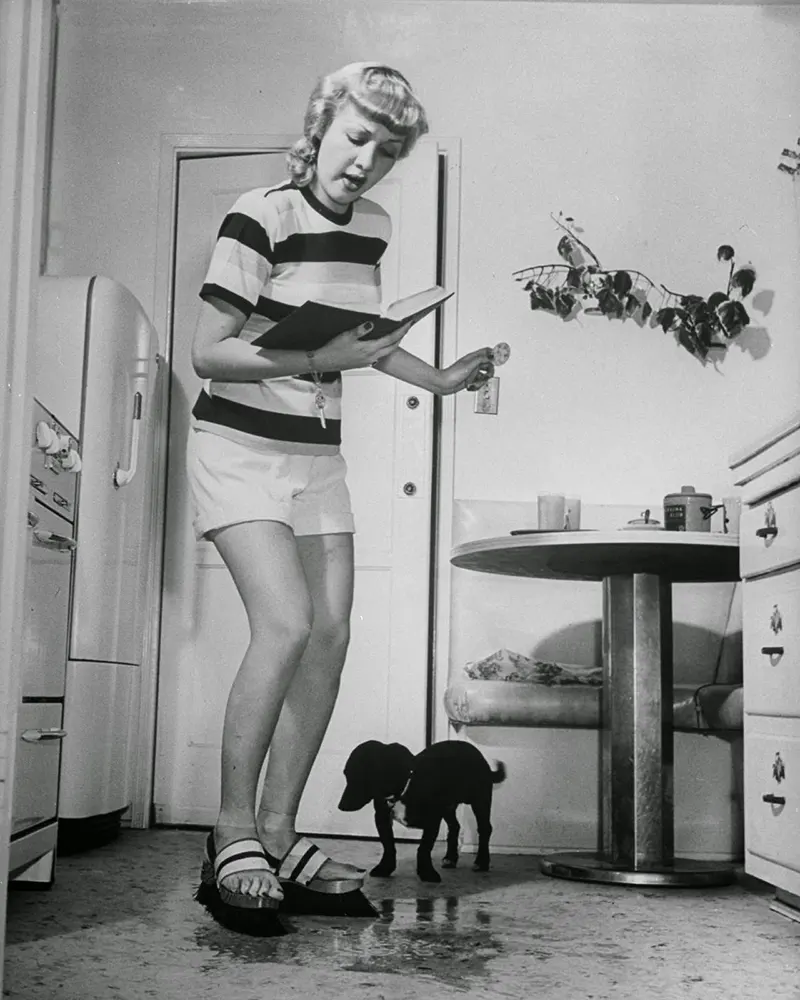
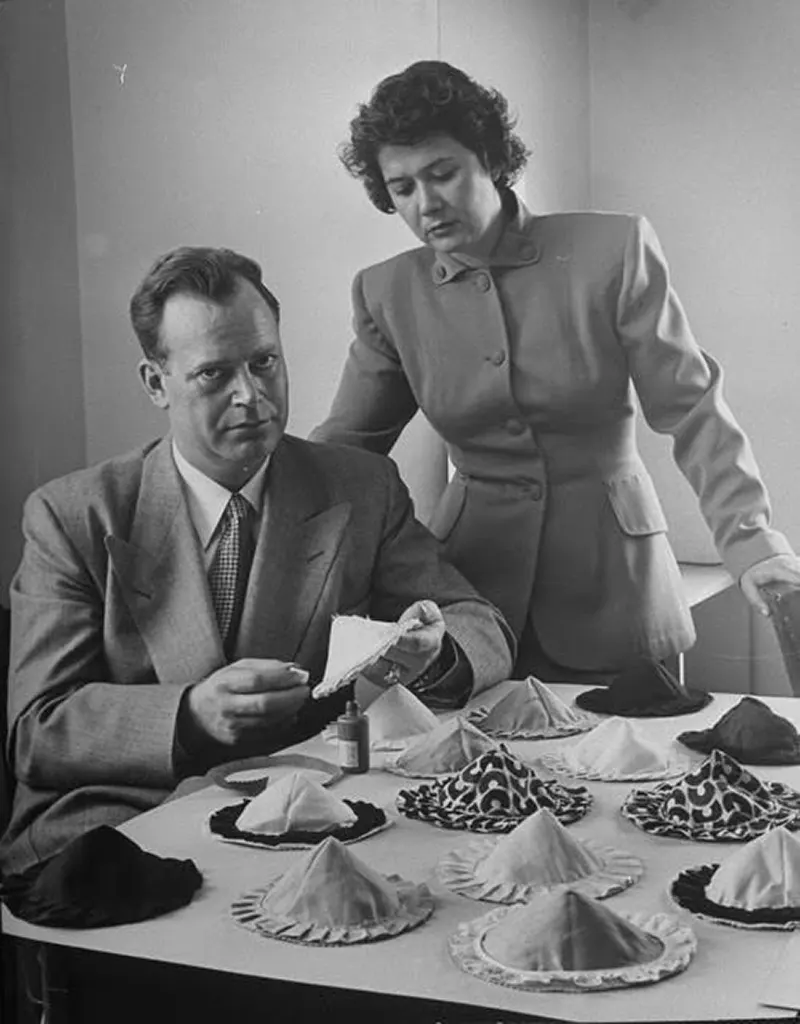

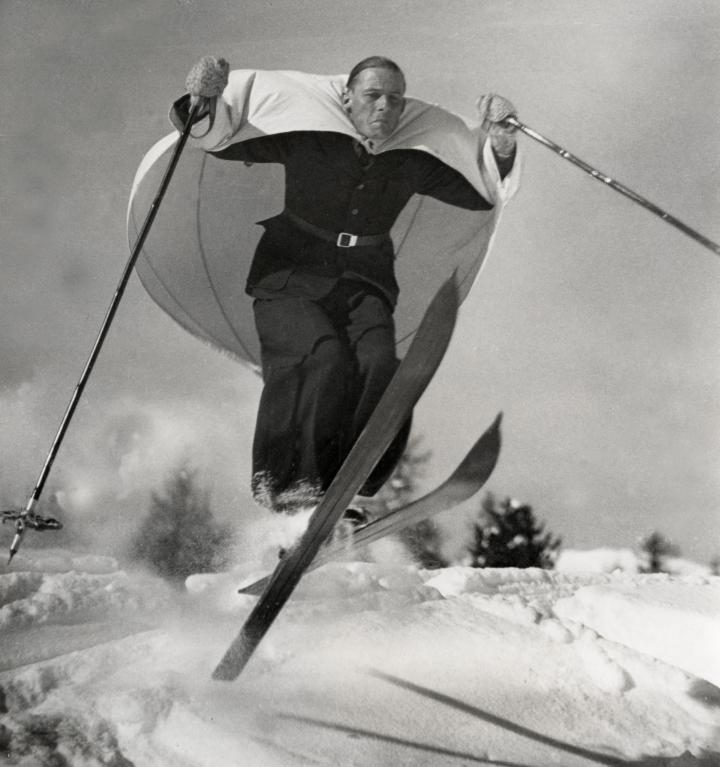
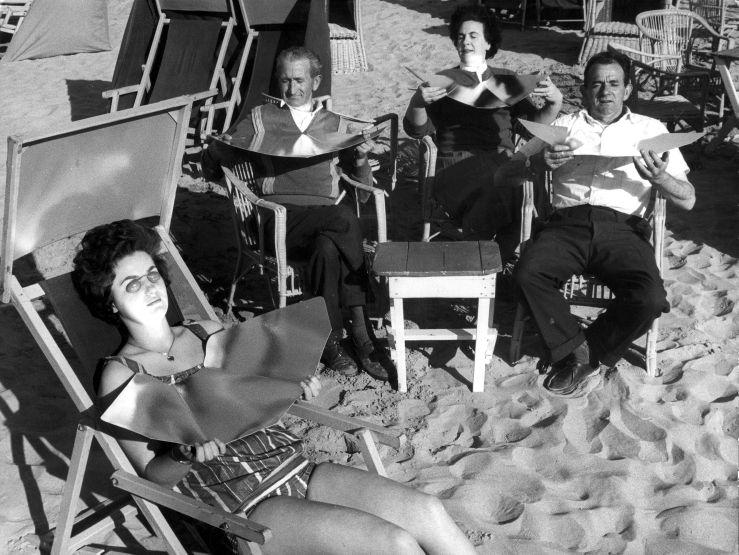
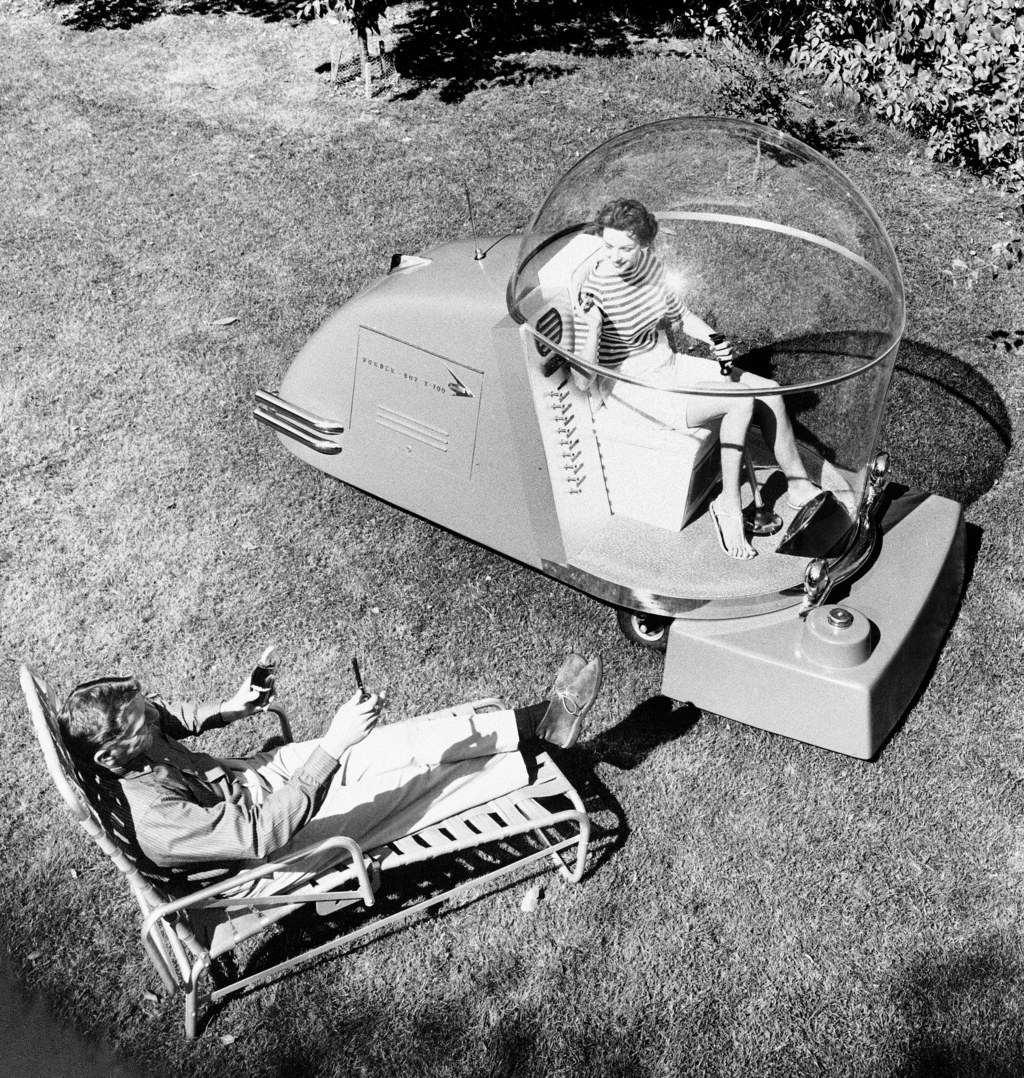
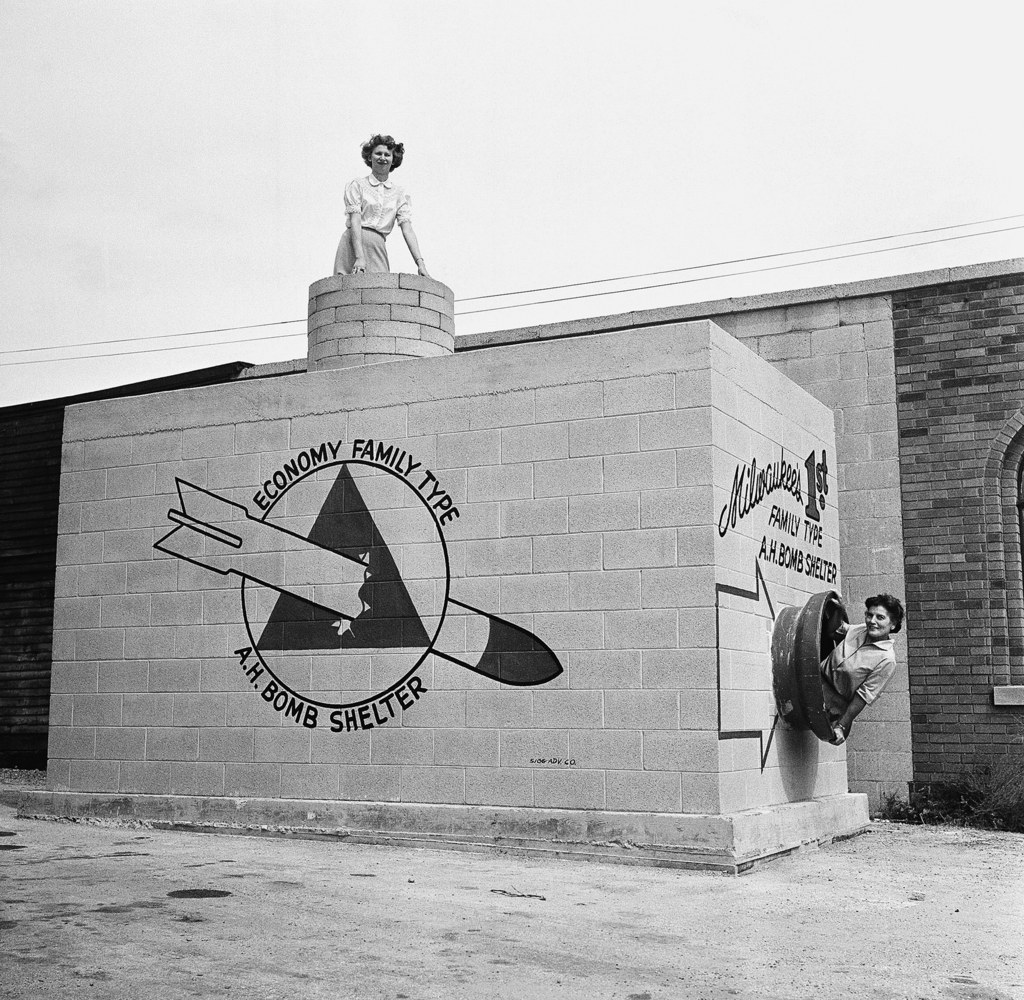
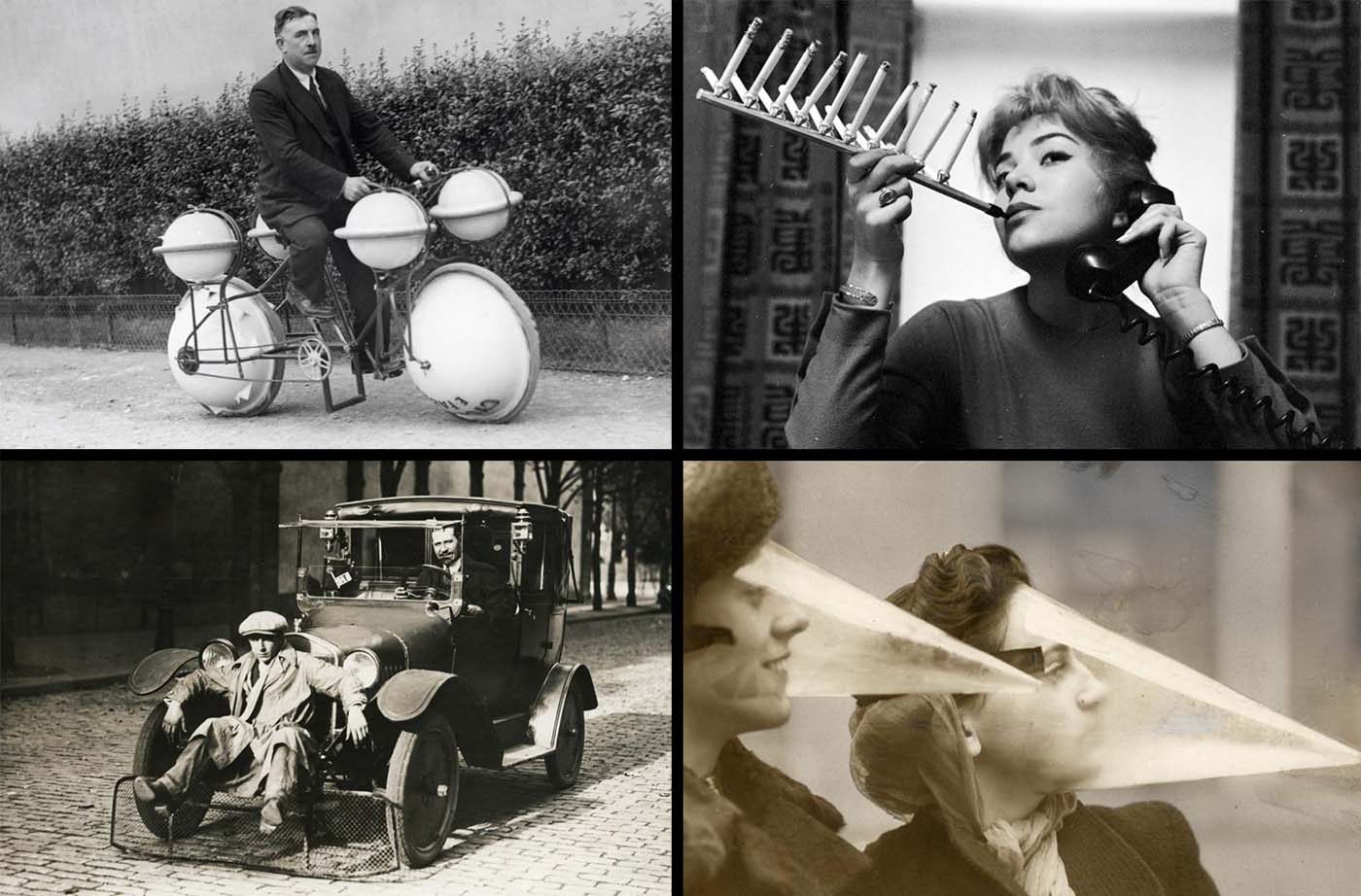
Video
Watch the video showcasing old inventions that never caught on – some truly bizarre ideas from the past!
Conclusion
Throughout the 20th century, many bizarre inventions attempted to improve daily life, from peculiar transportation devices to unusual wearables. While many of these creations may have failed commercially or simply didn’t catch on, they represent the bold spirit of innovation that defined the period. These strange but fascinating inventions remind us that, at times, the line between genius and madness is razor-thin, and perhaps, just a little more time, a little more refinement, might have made these odd creations into everyday items we use today.
